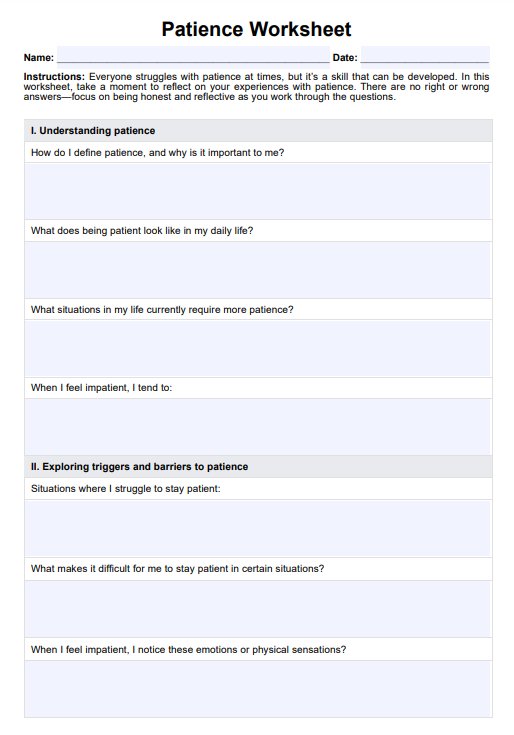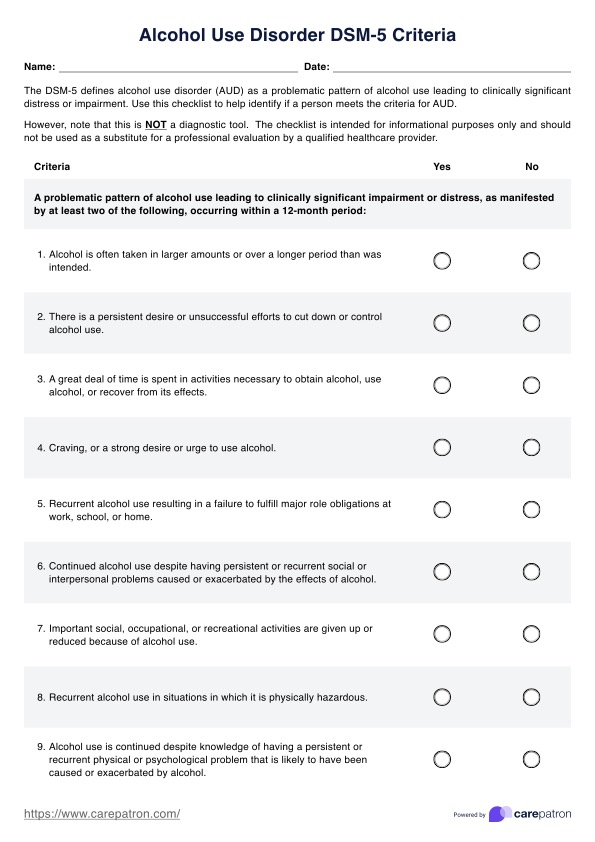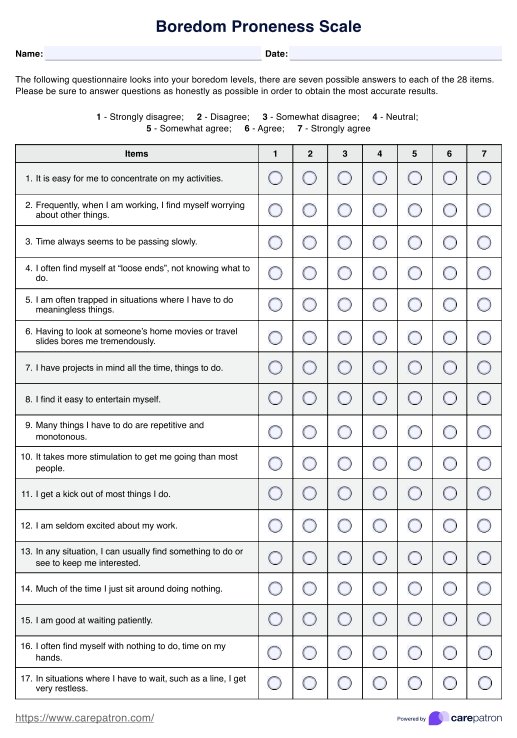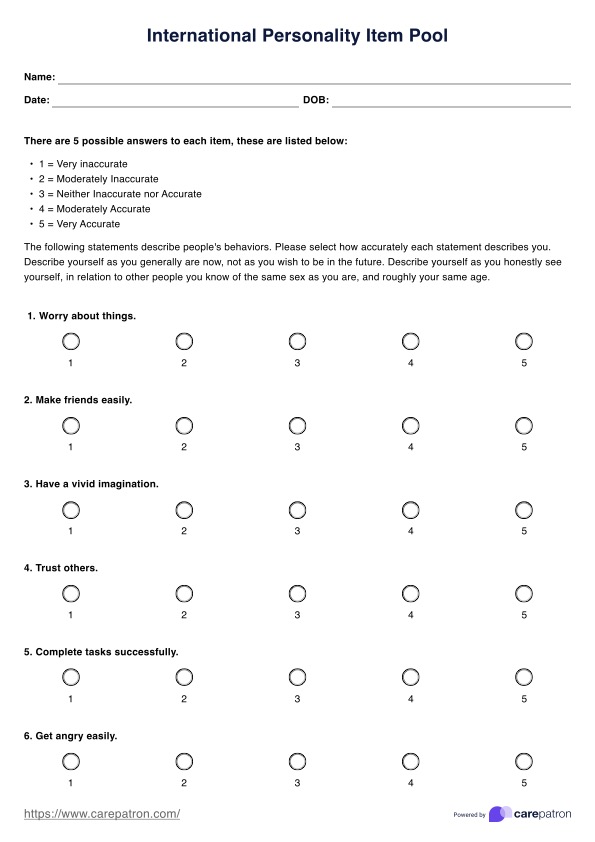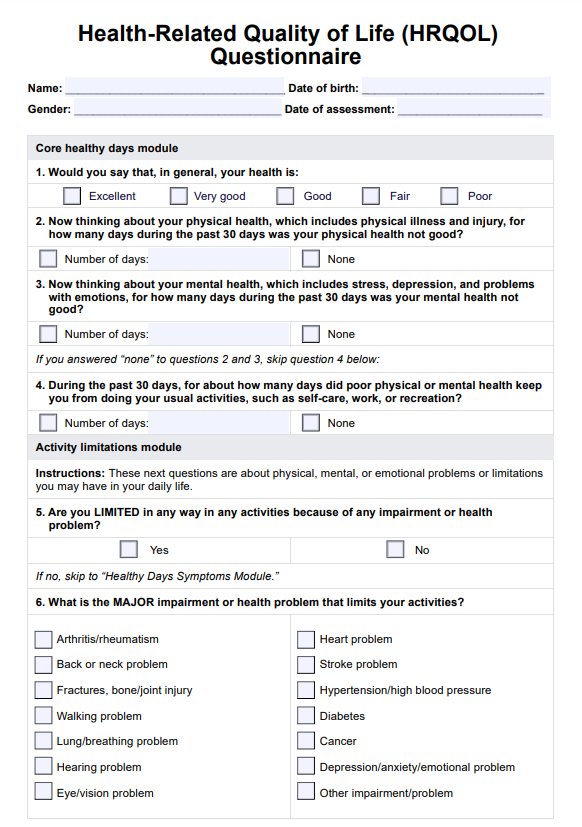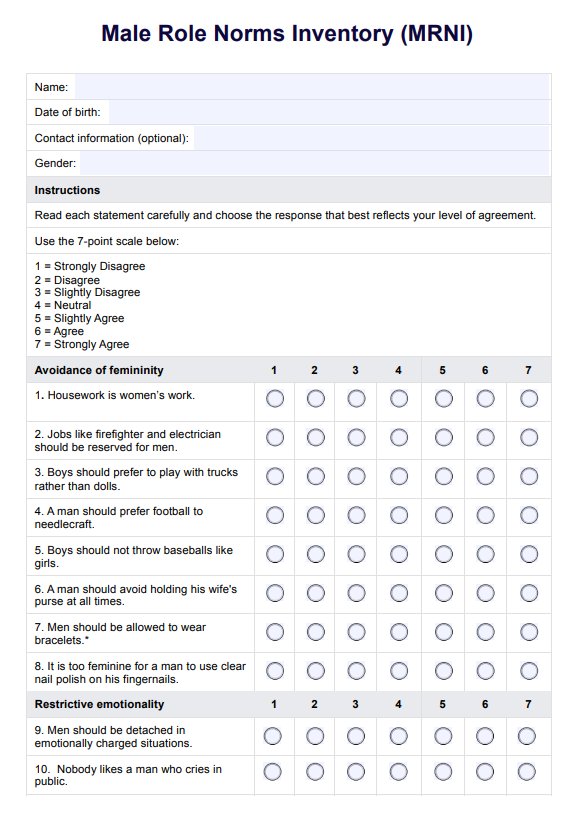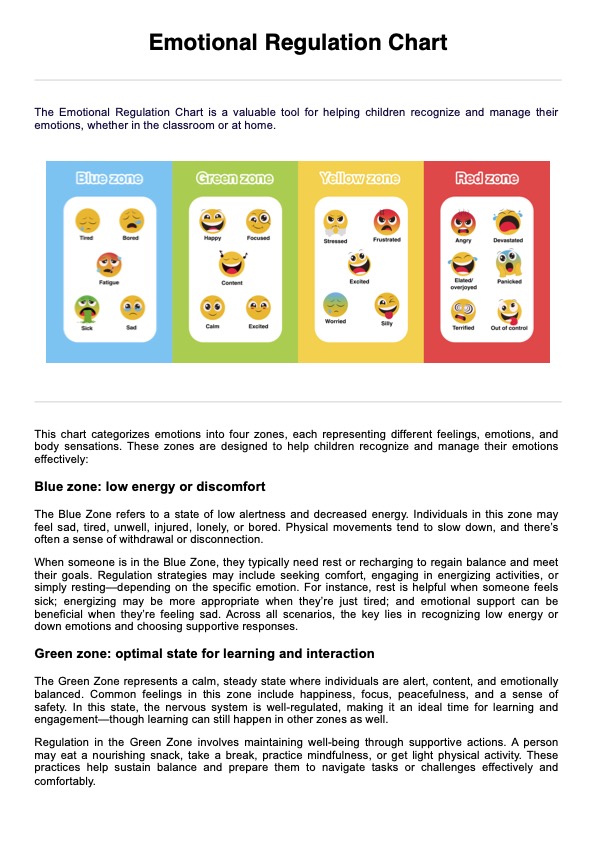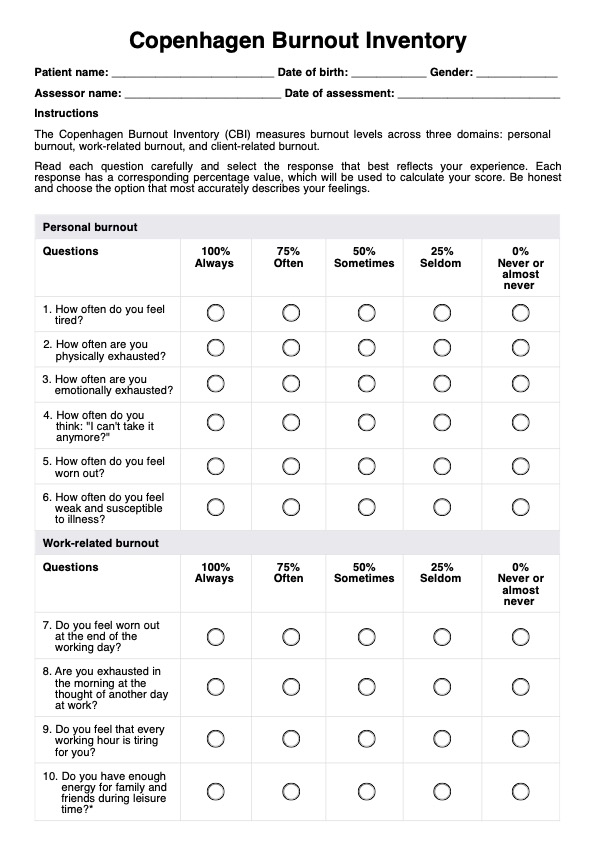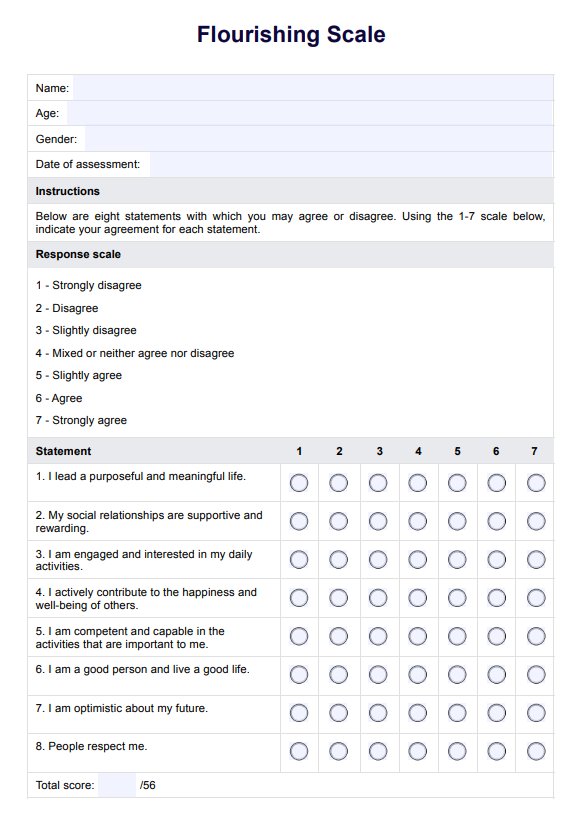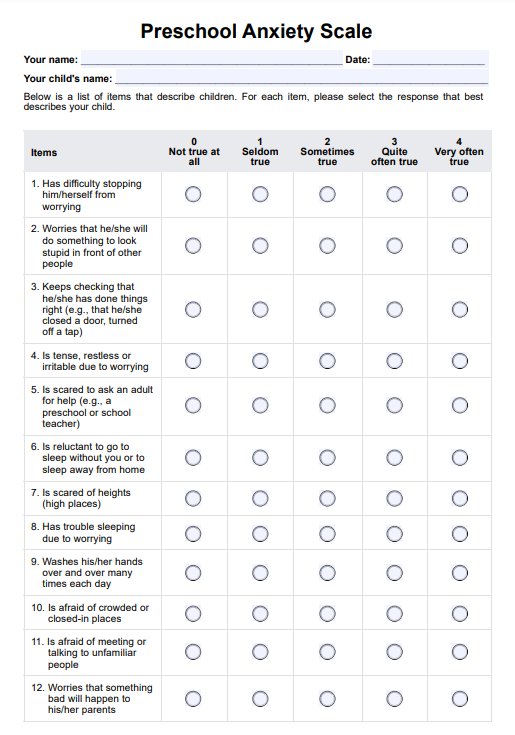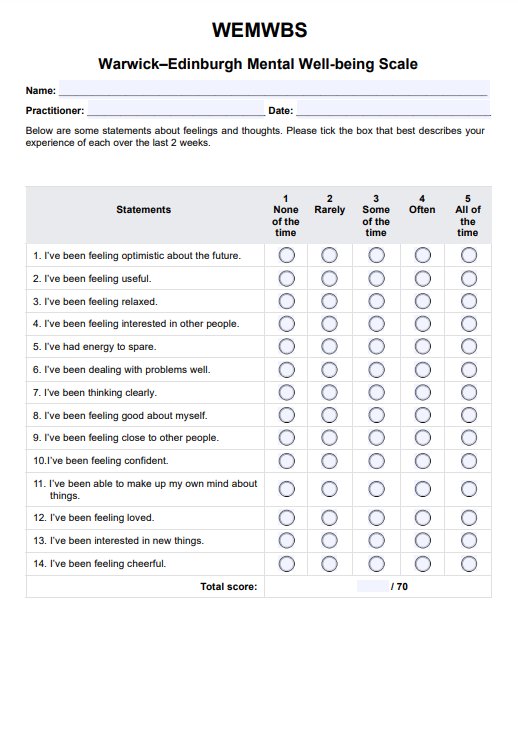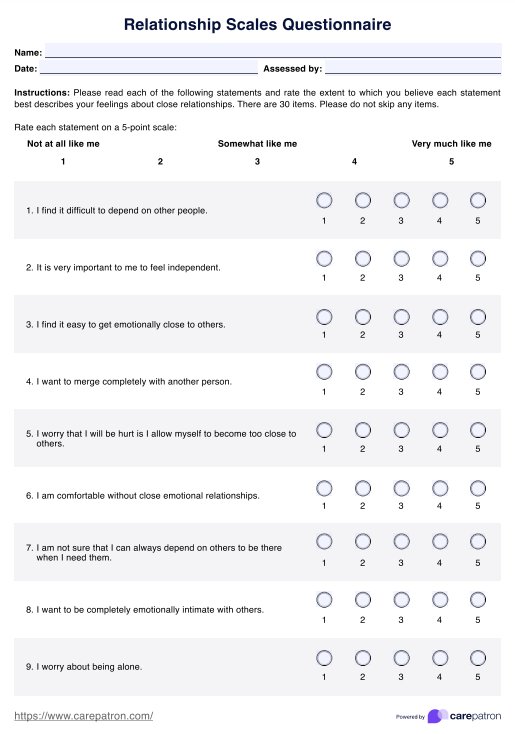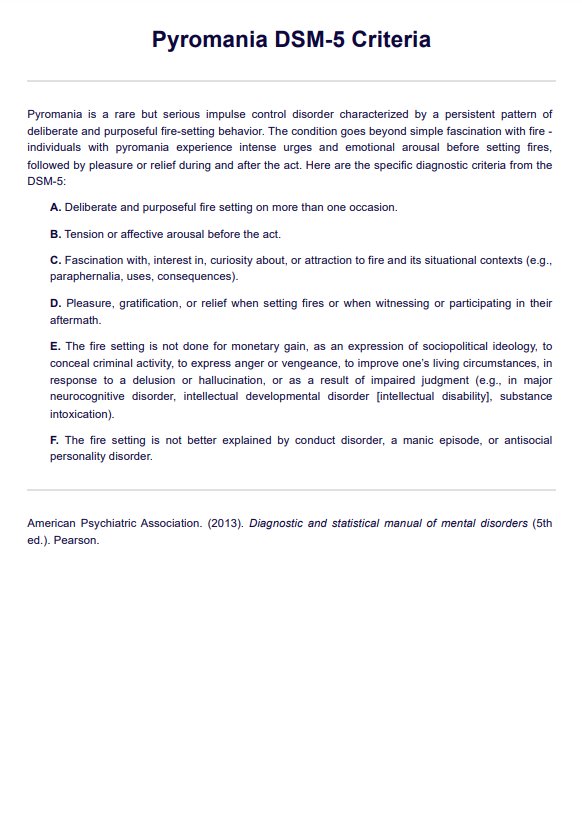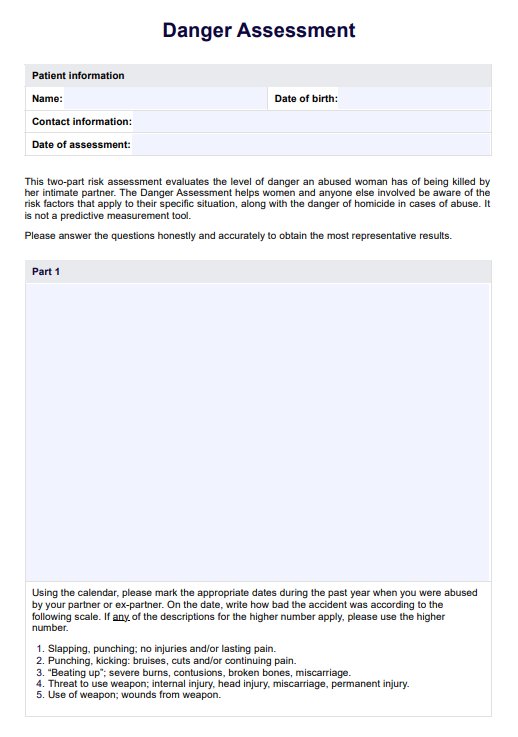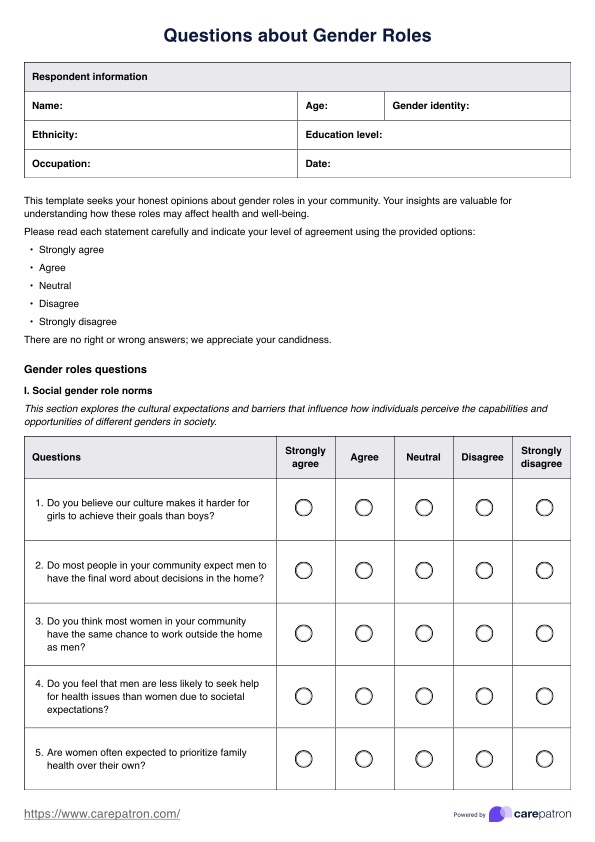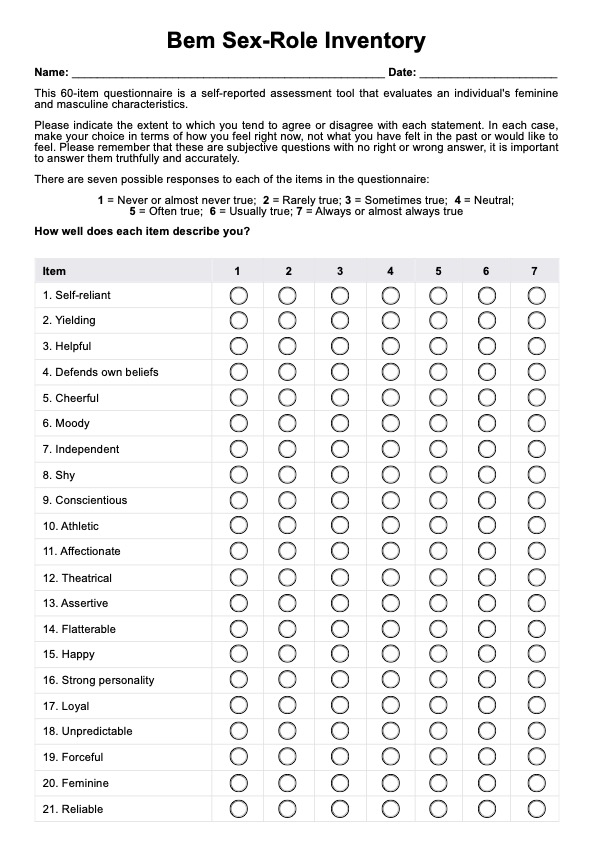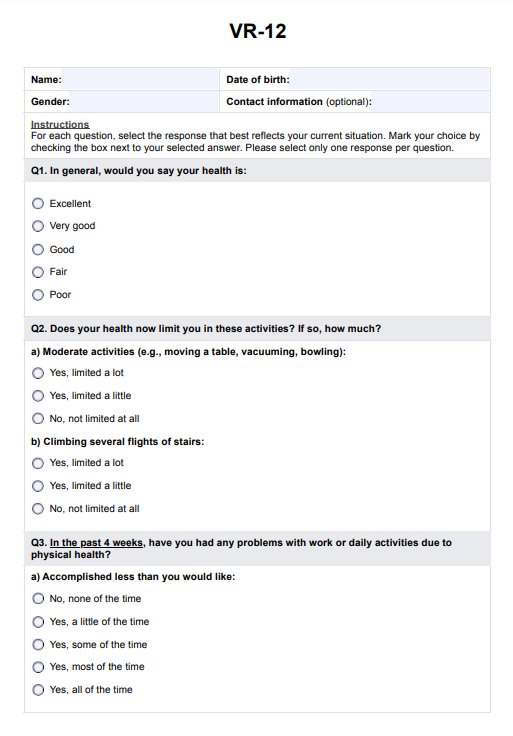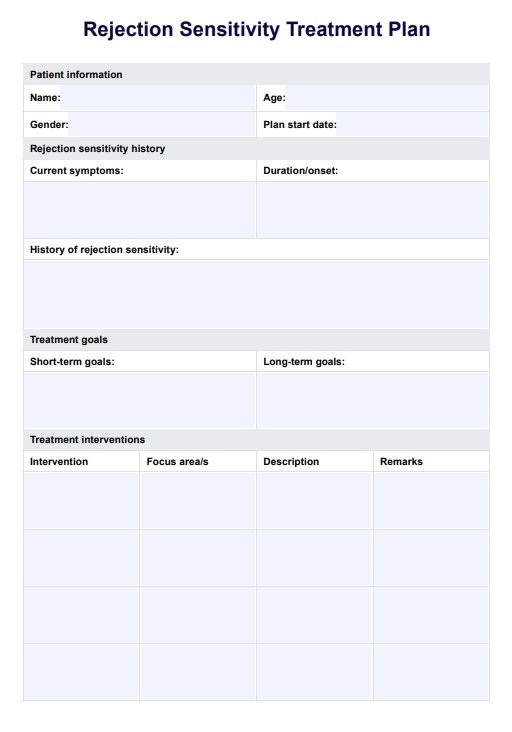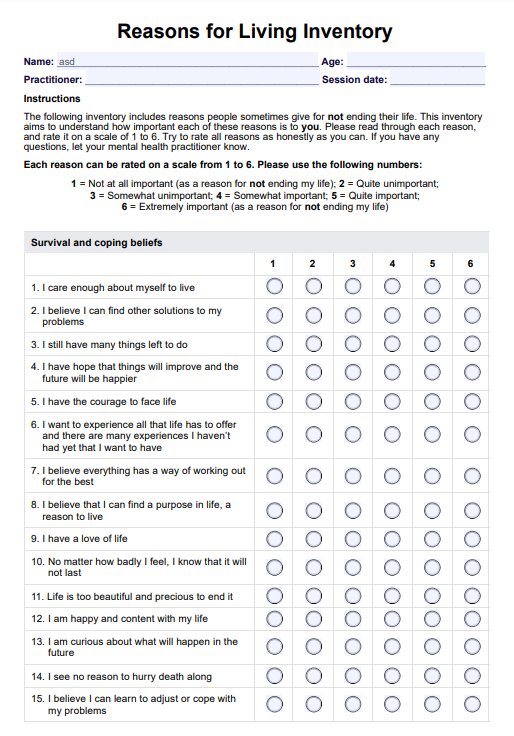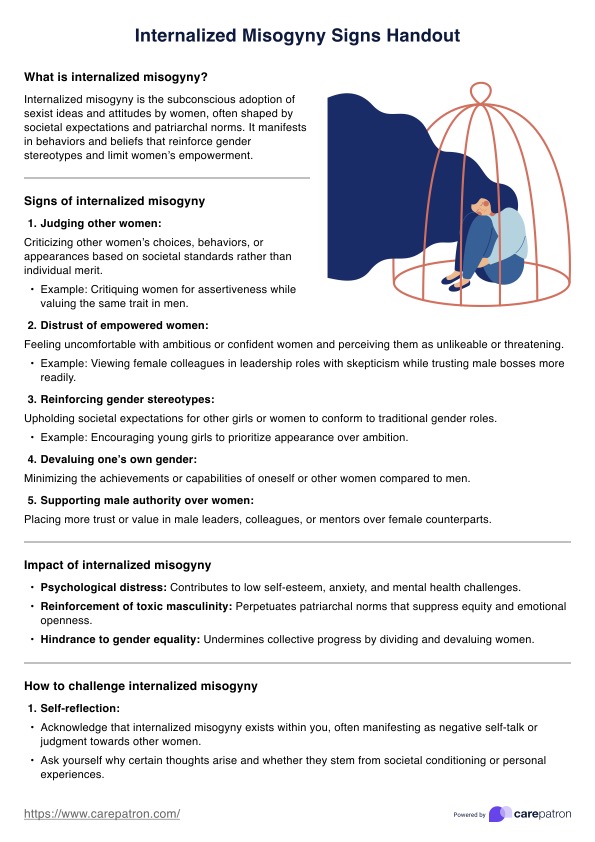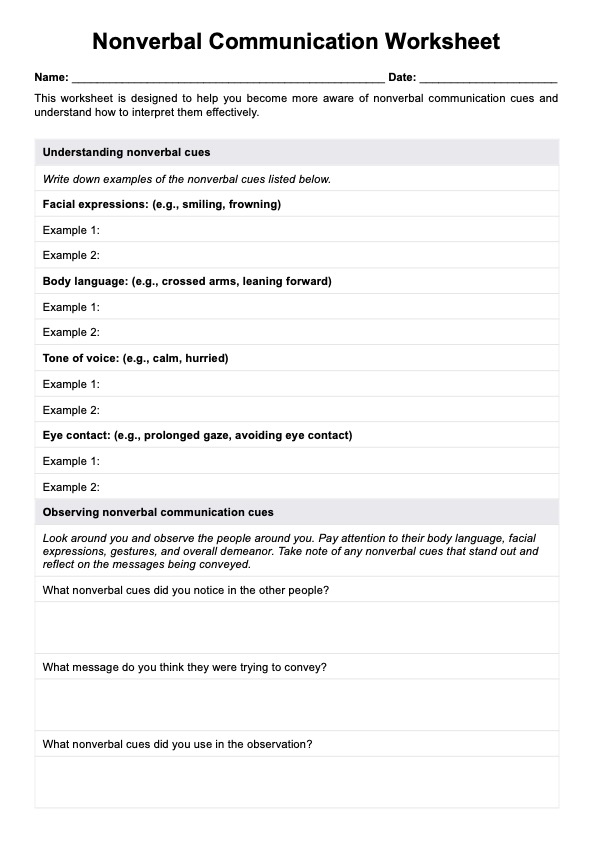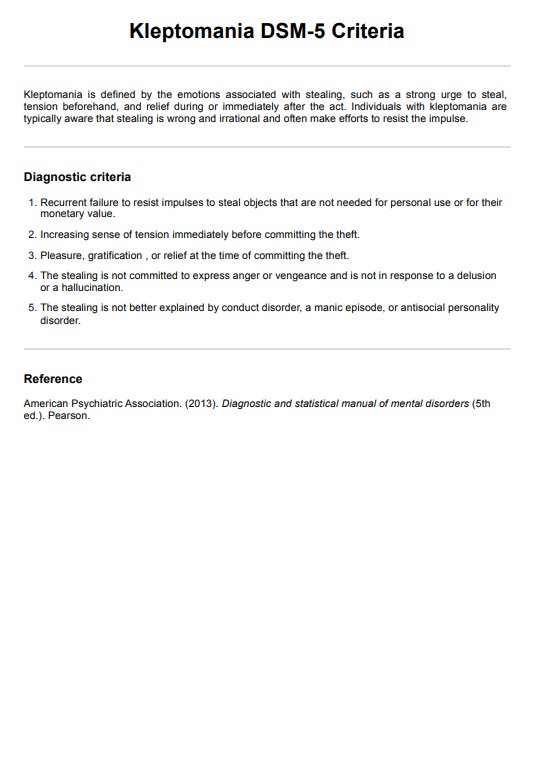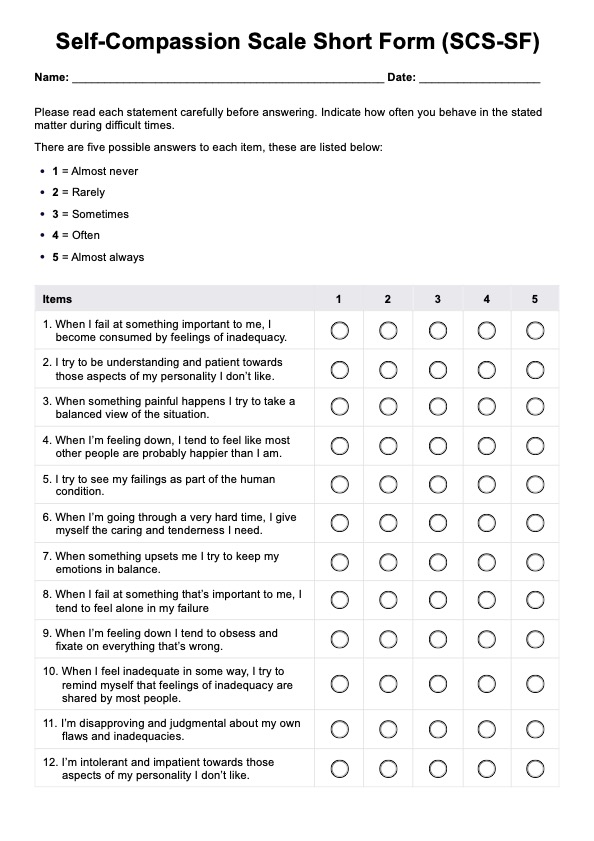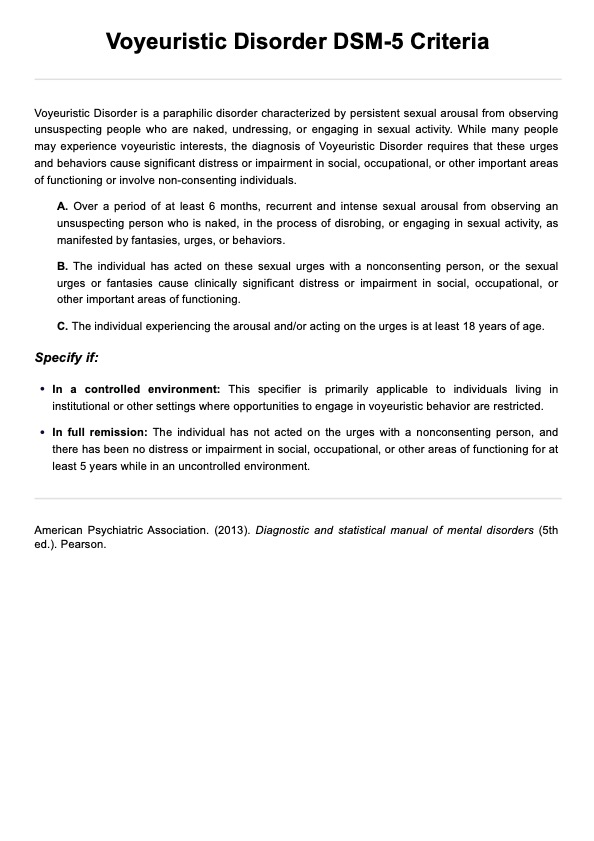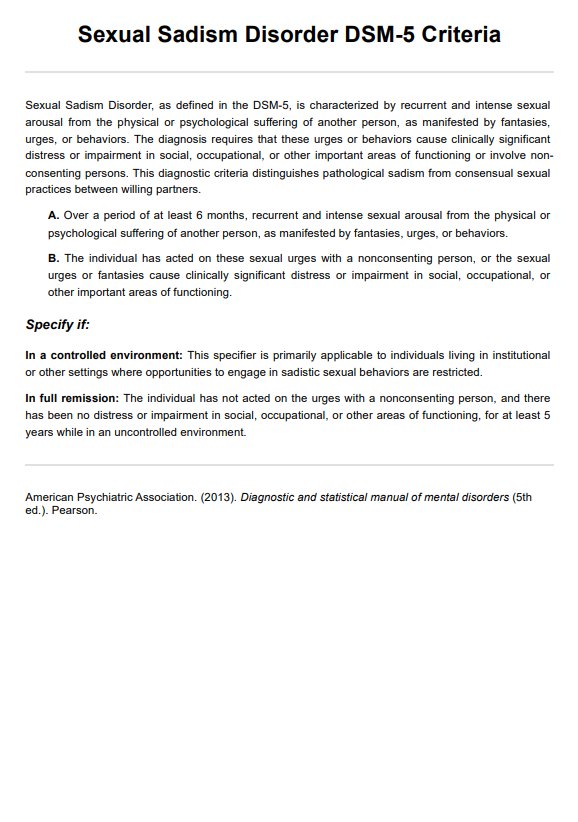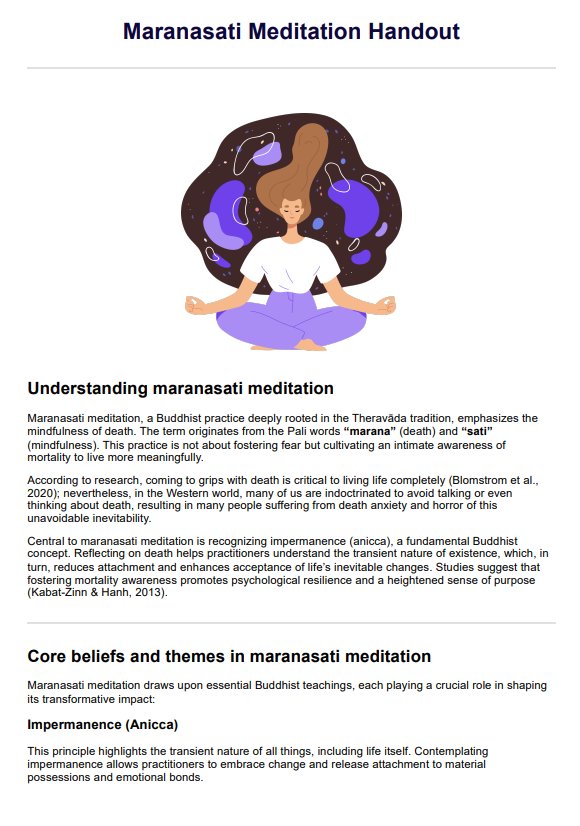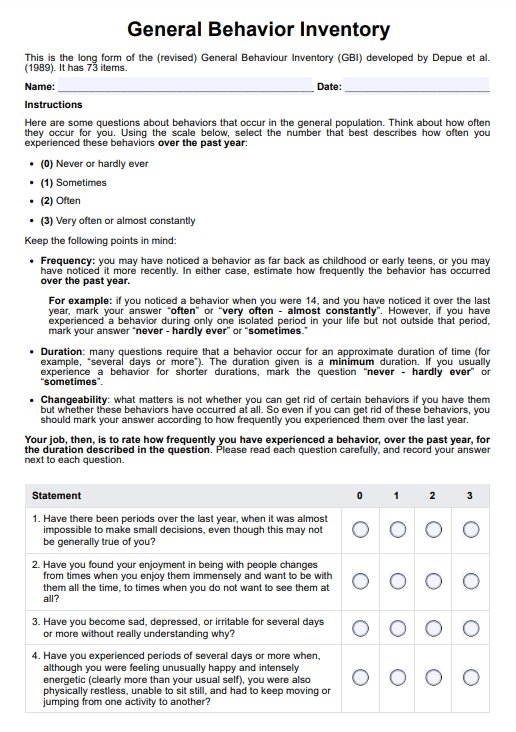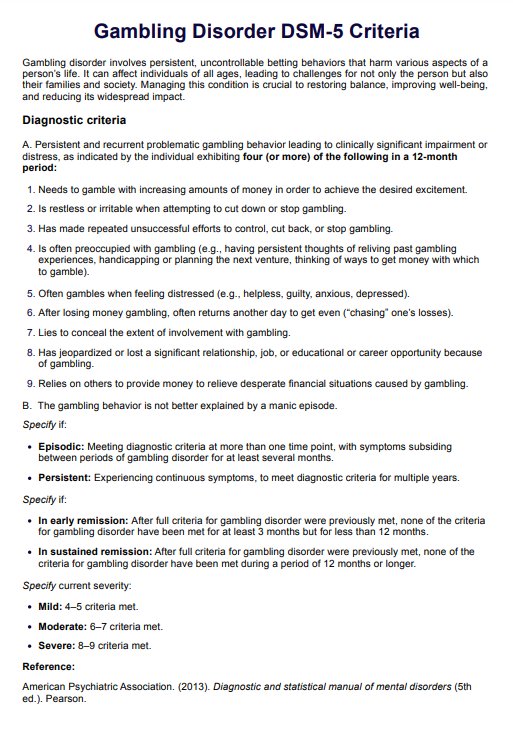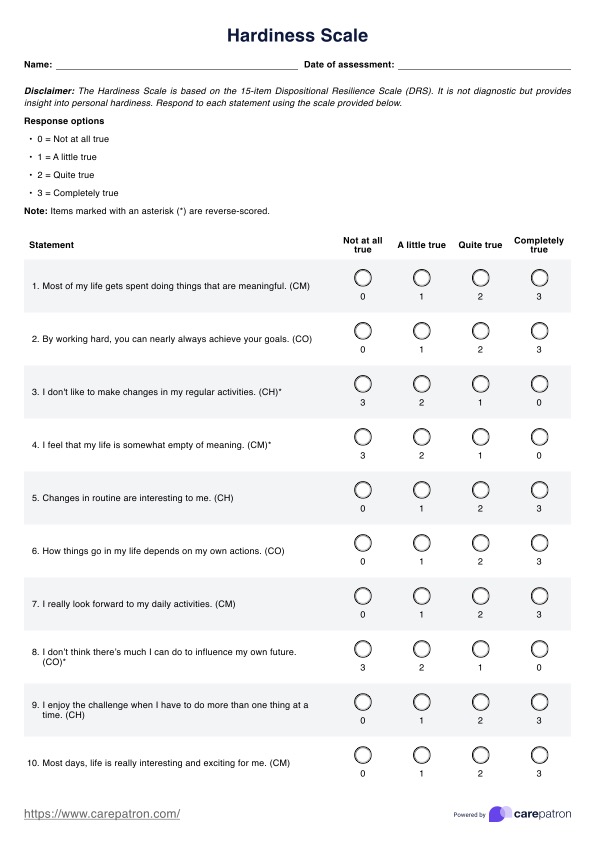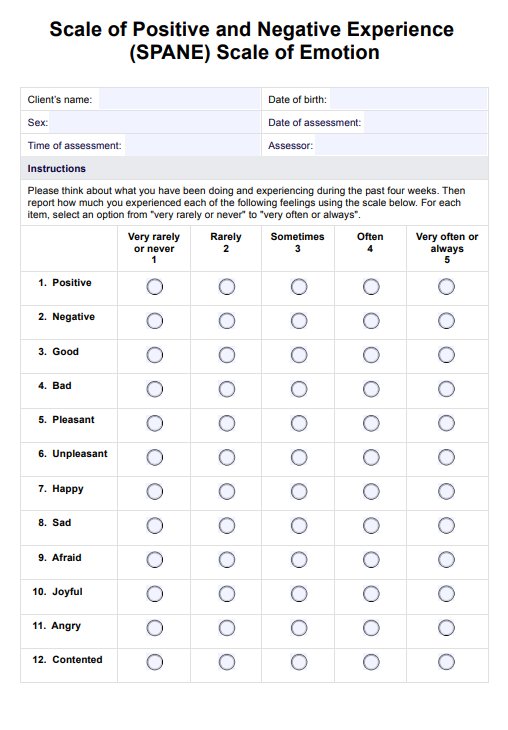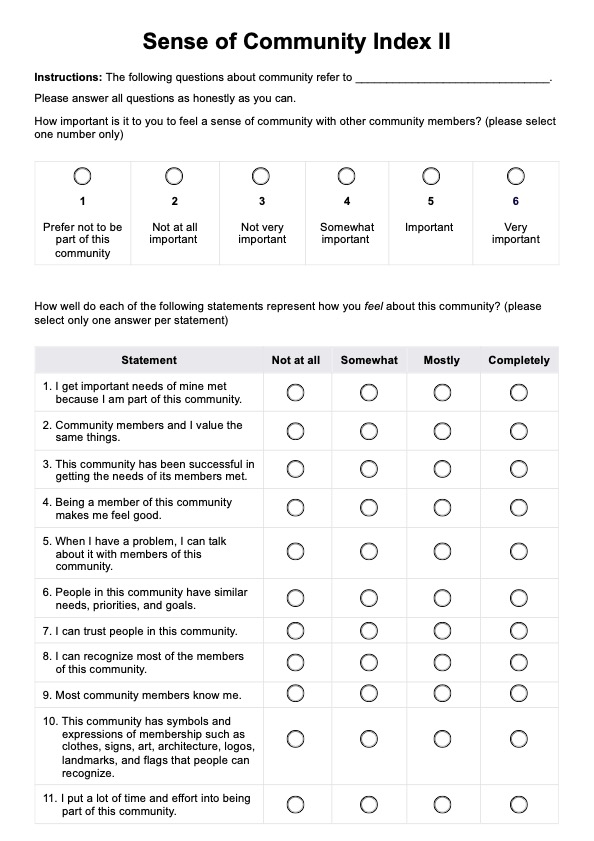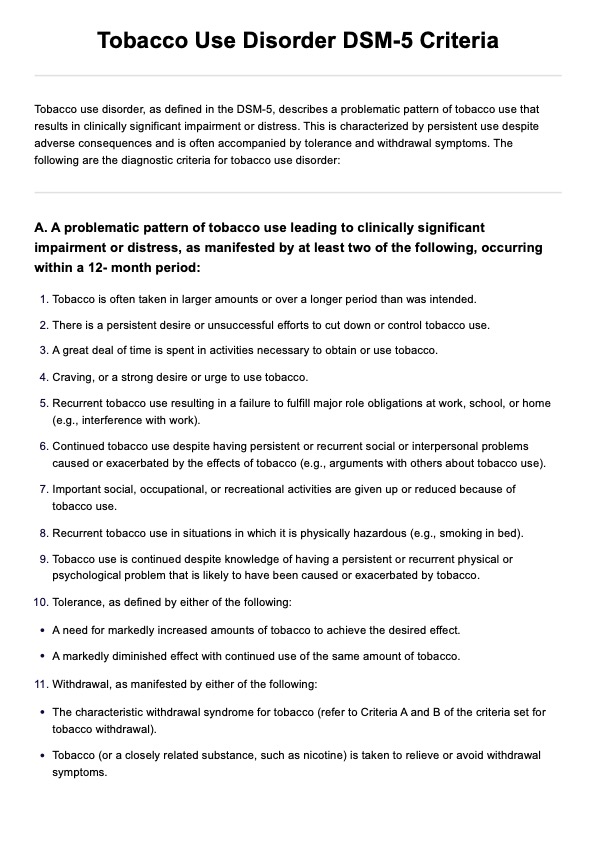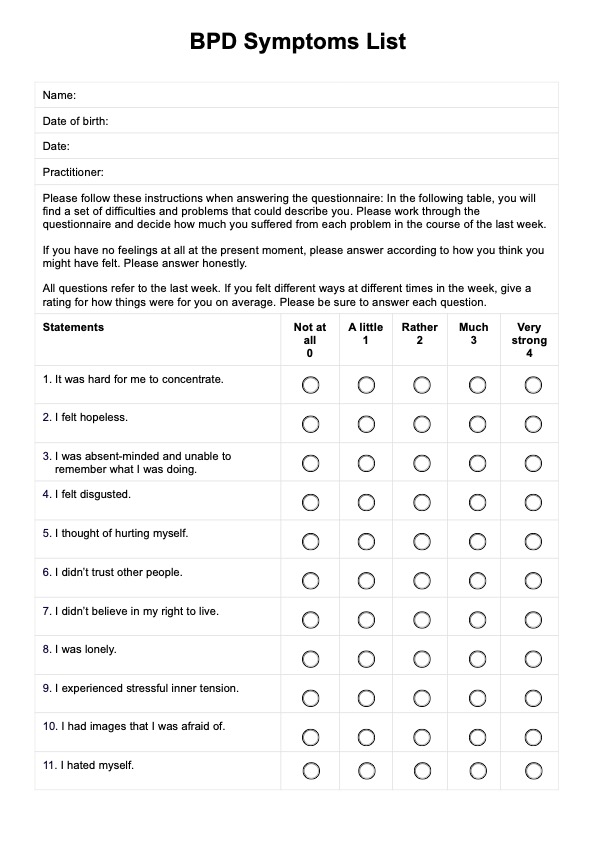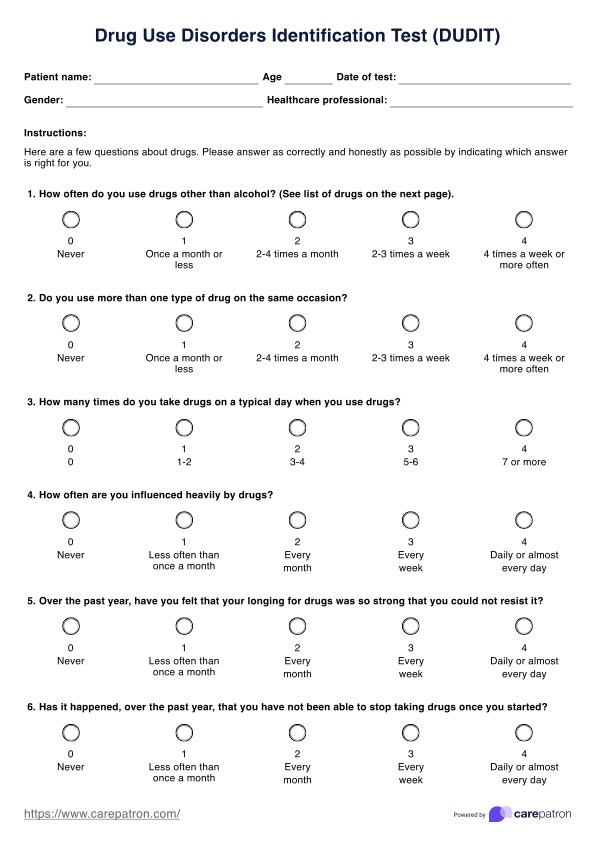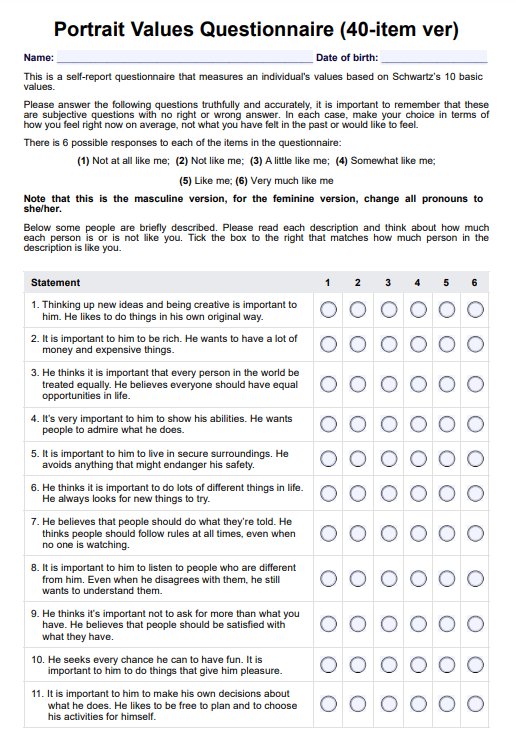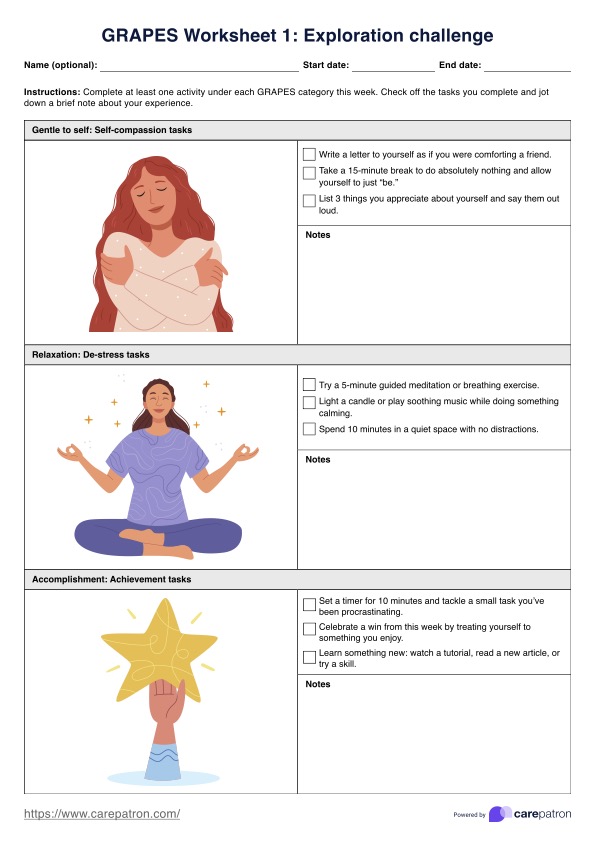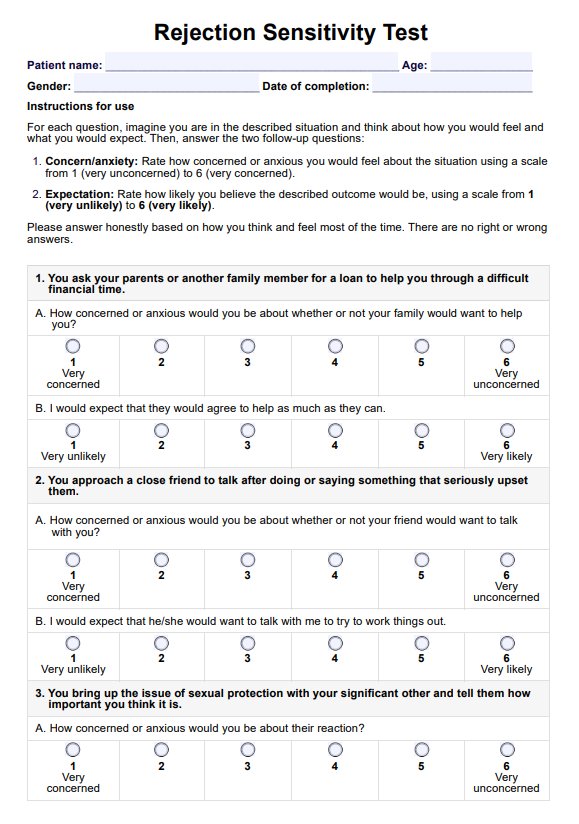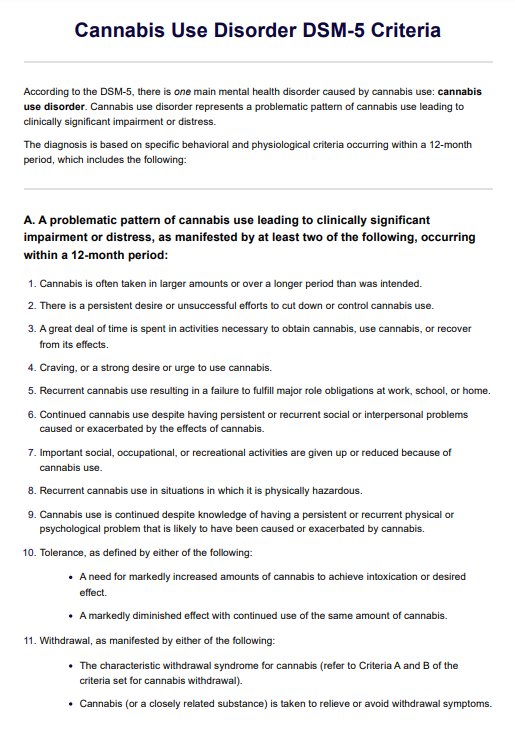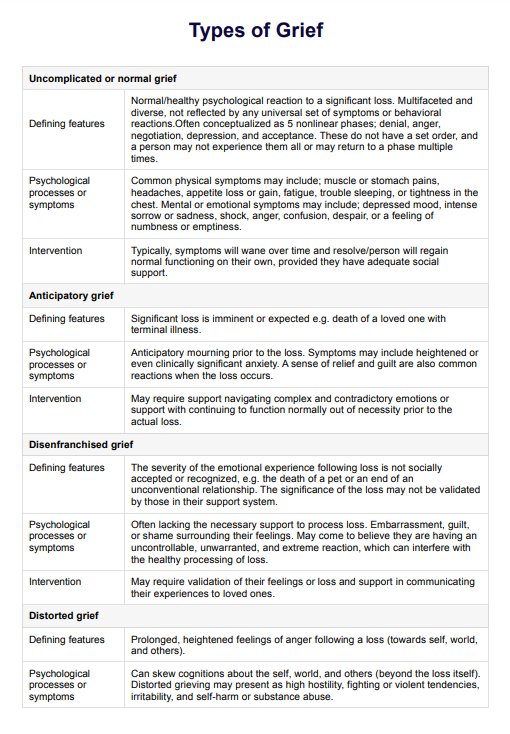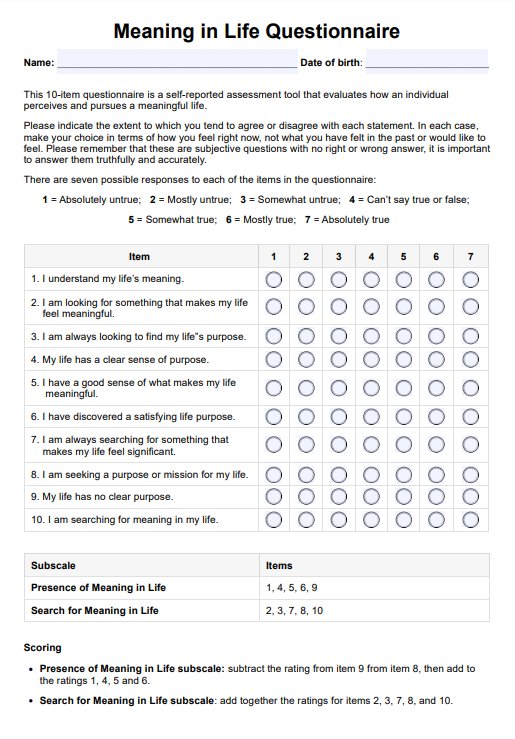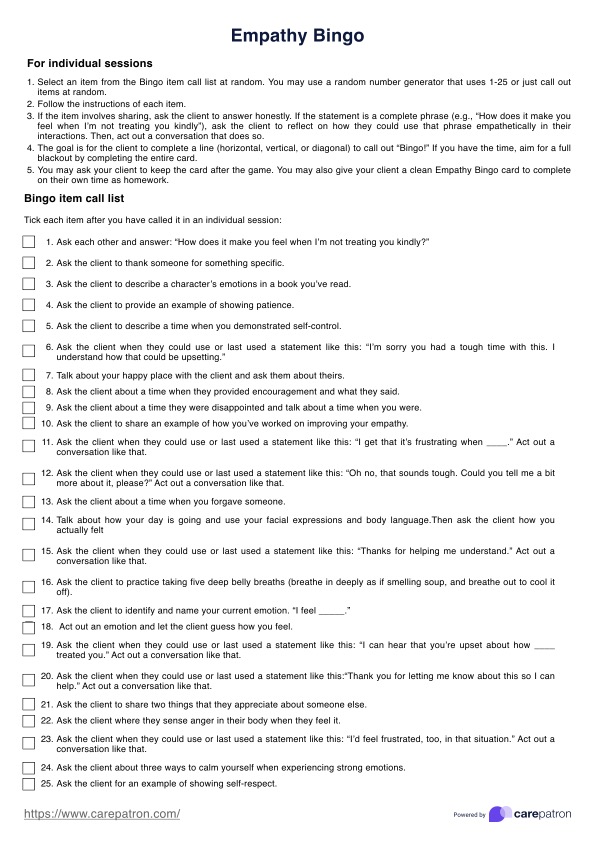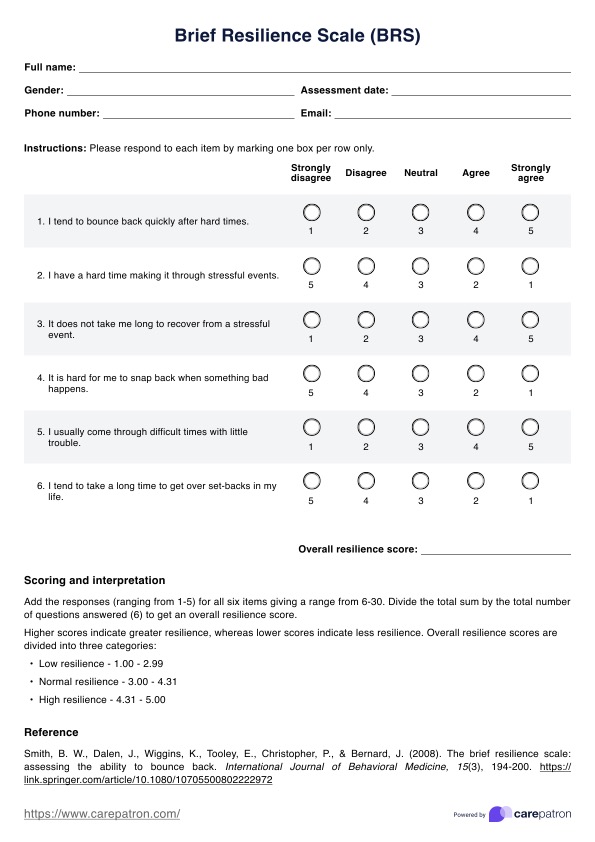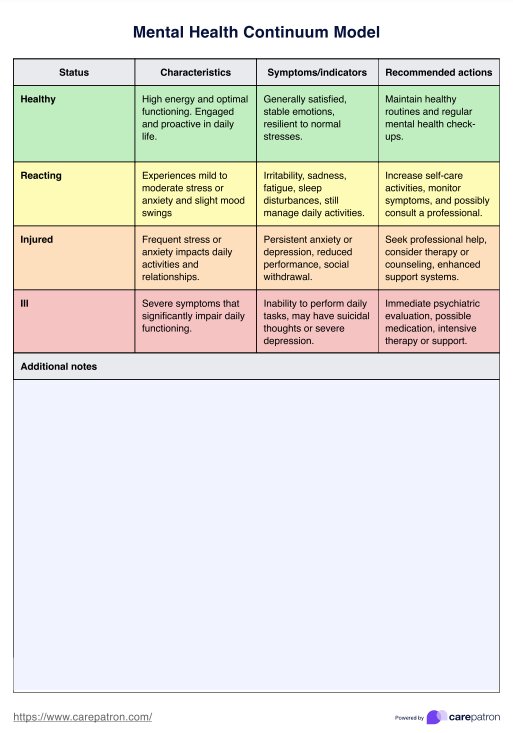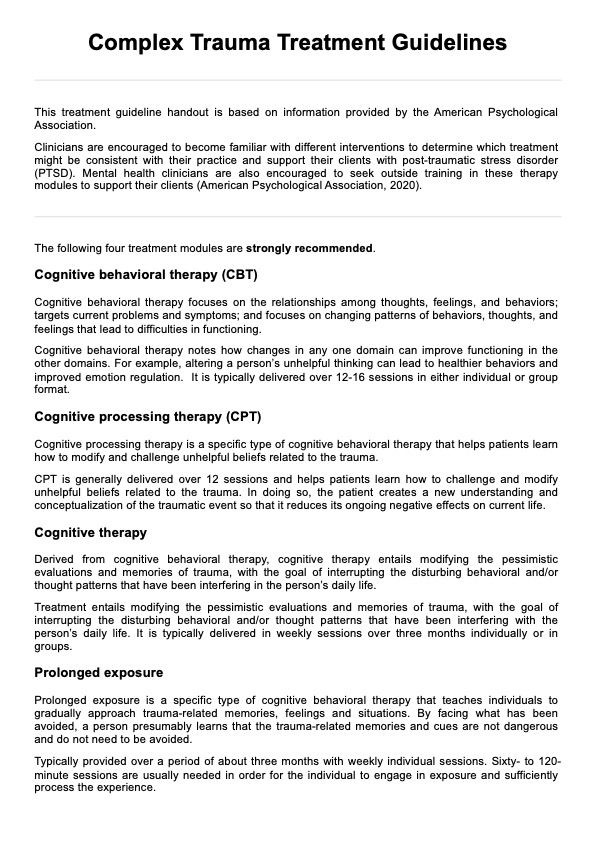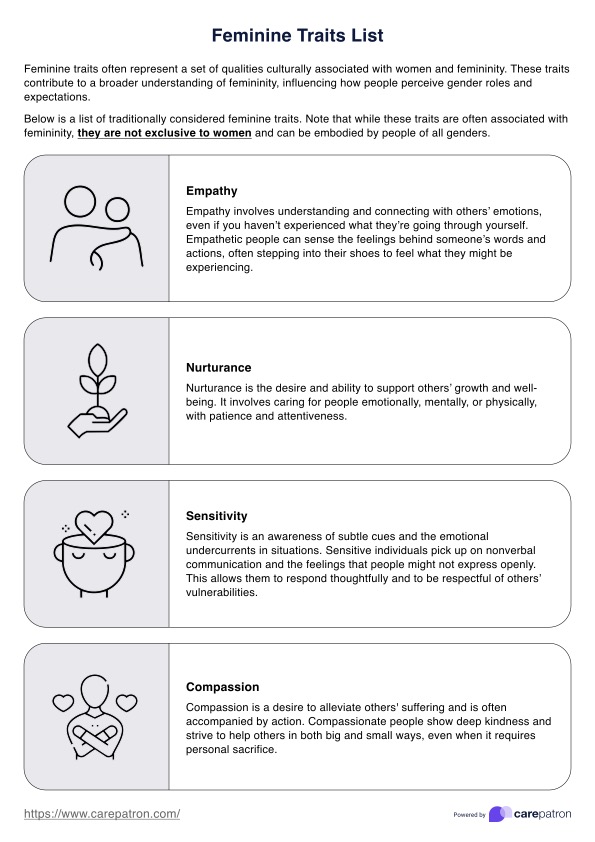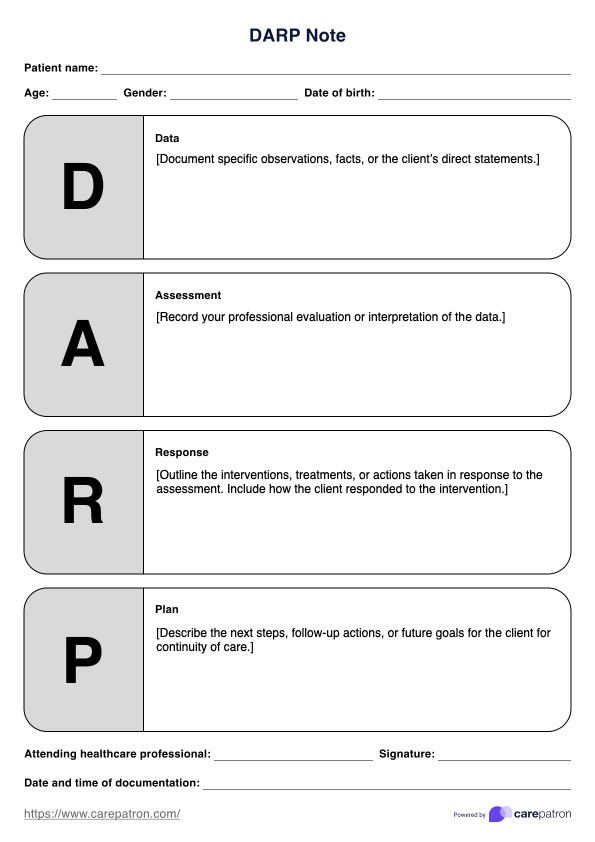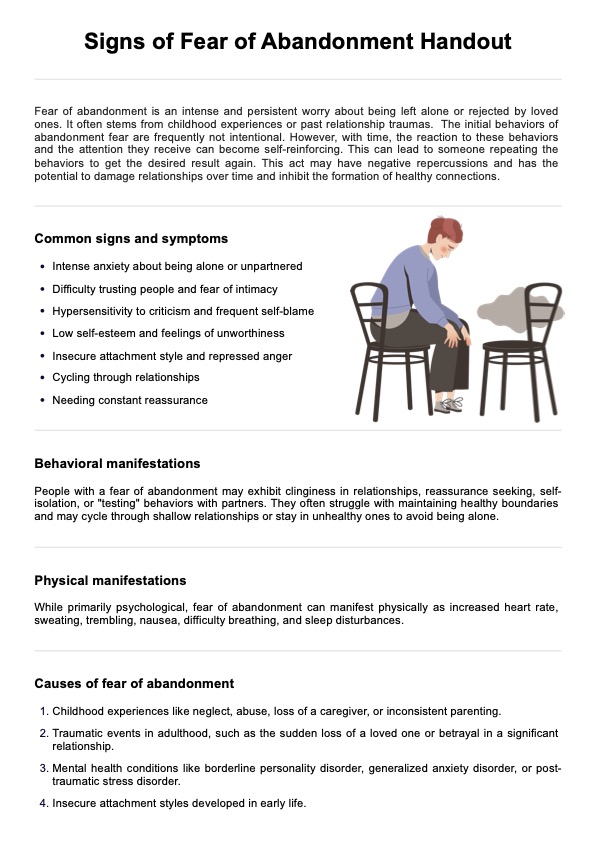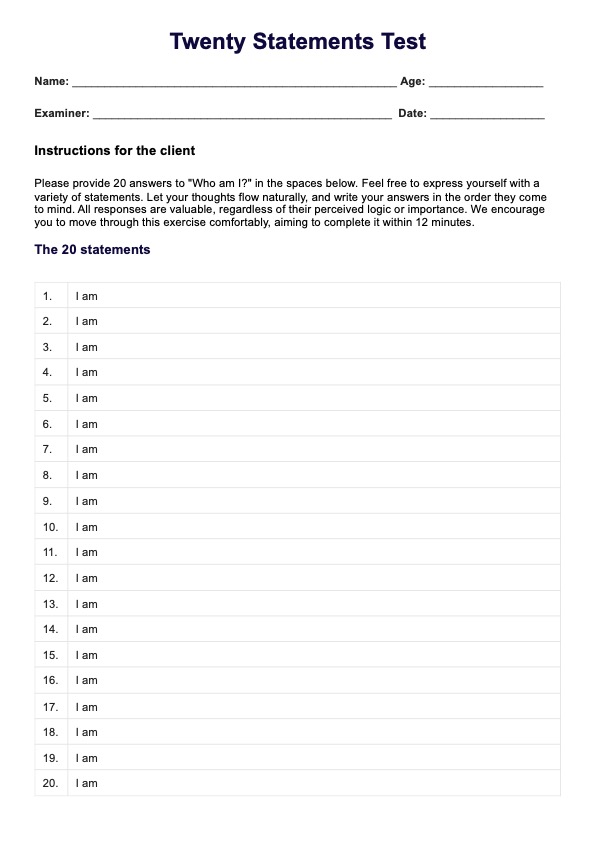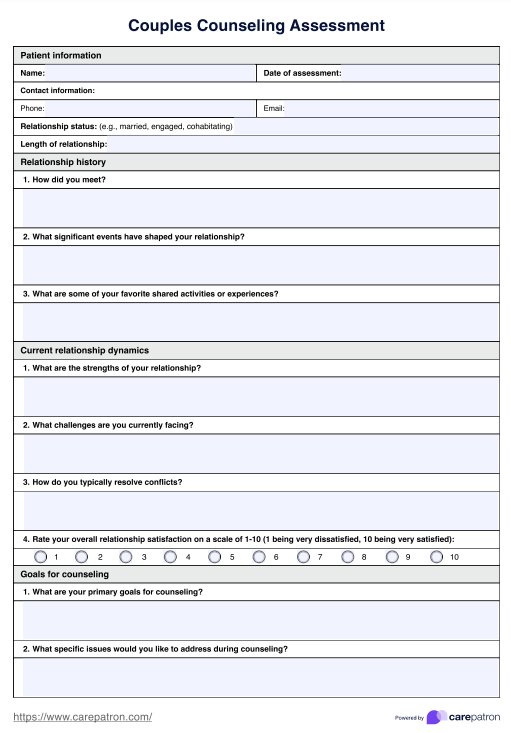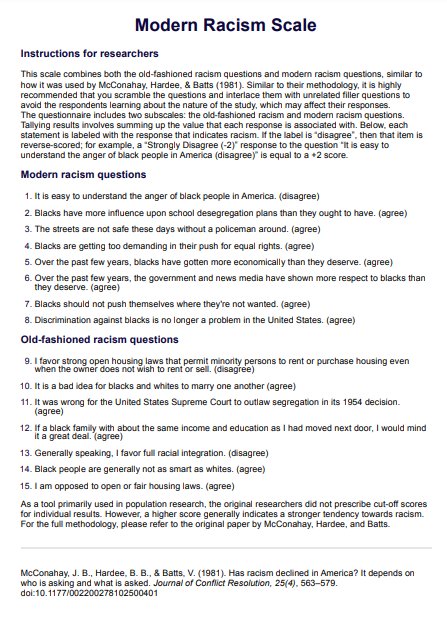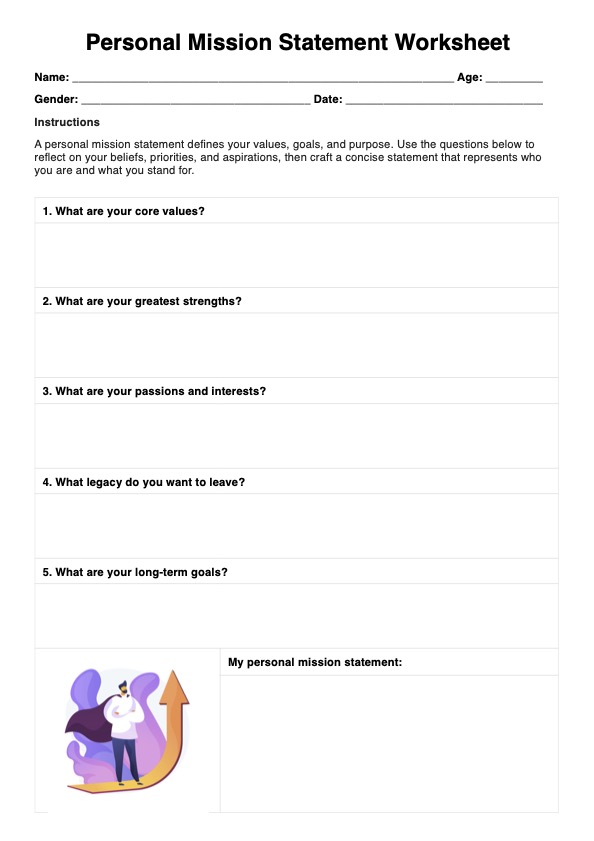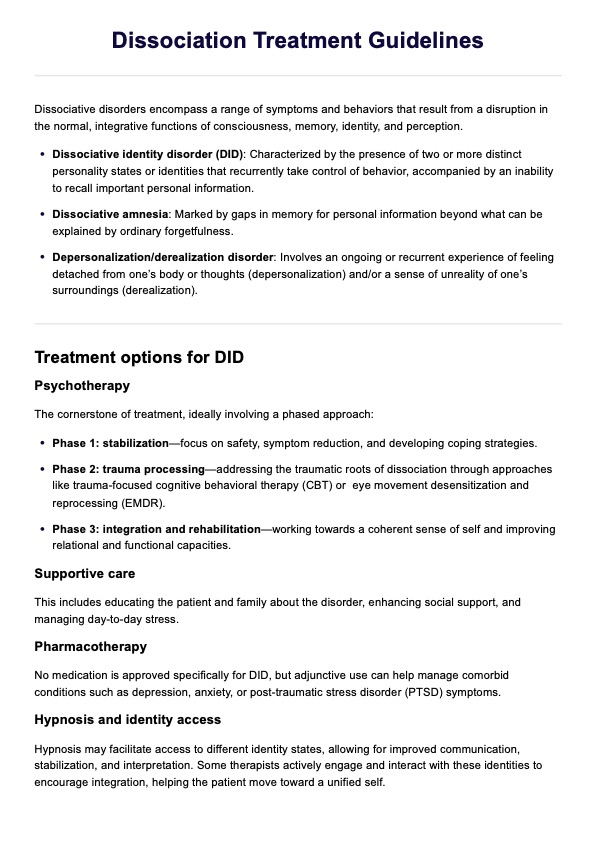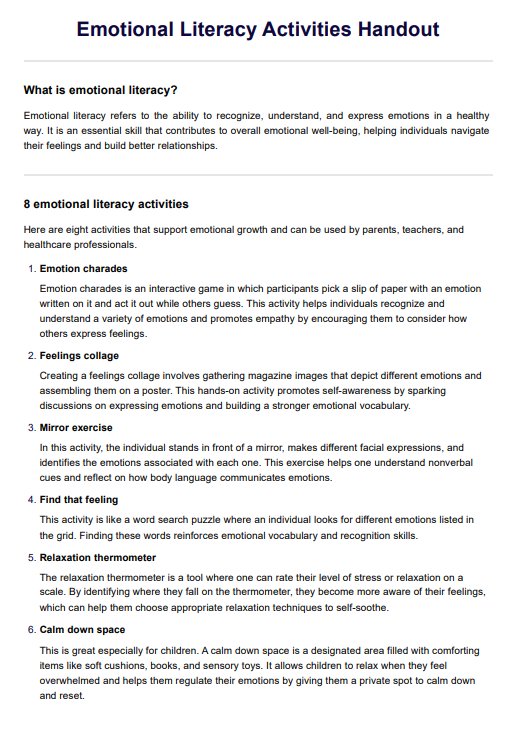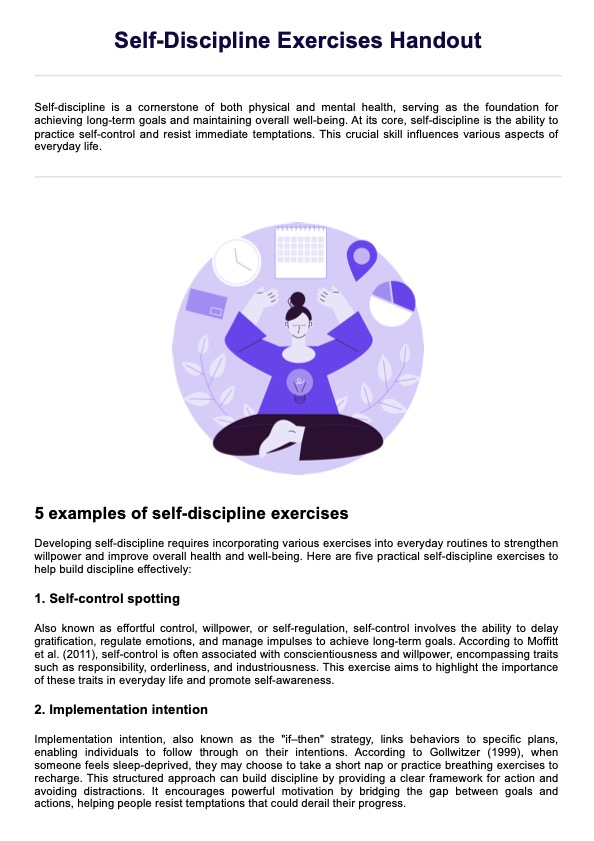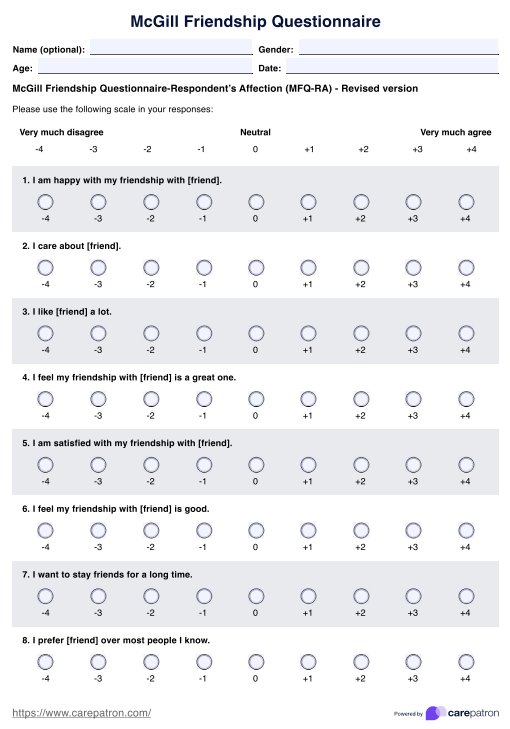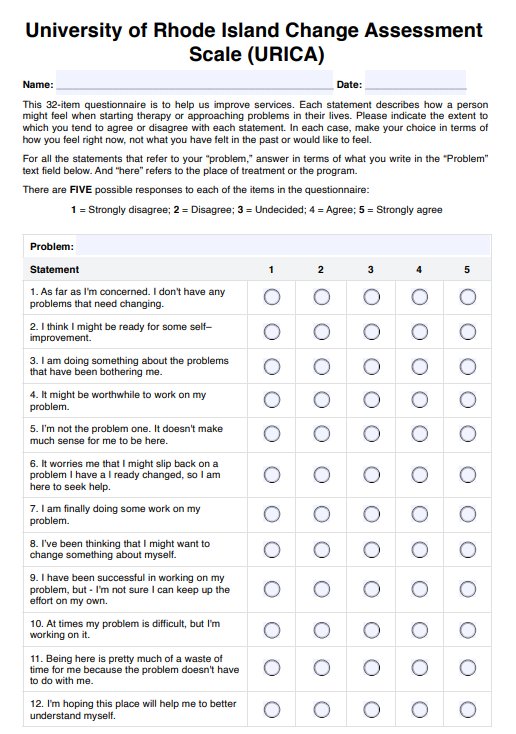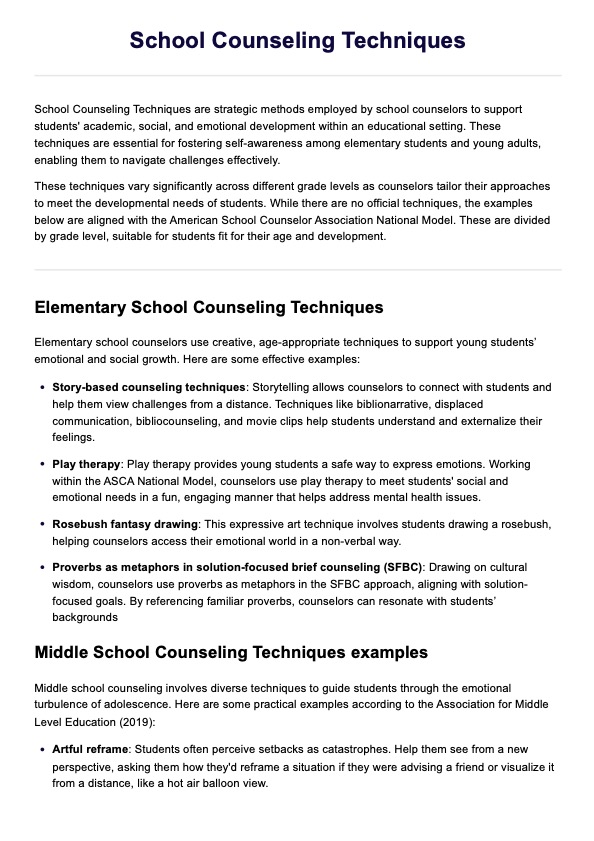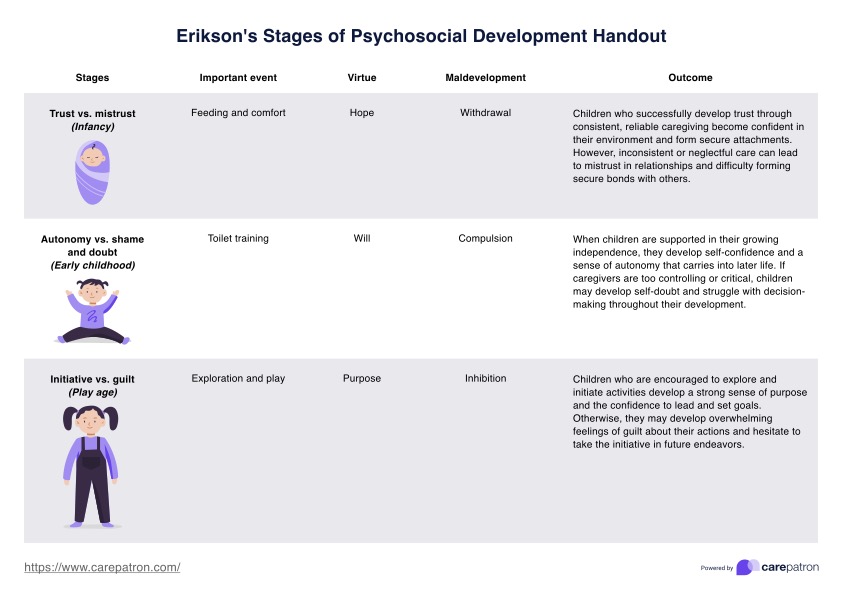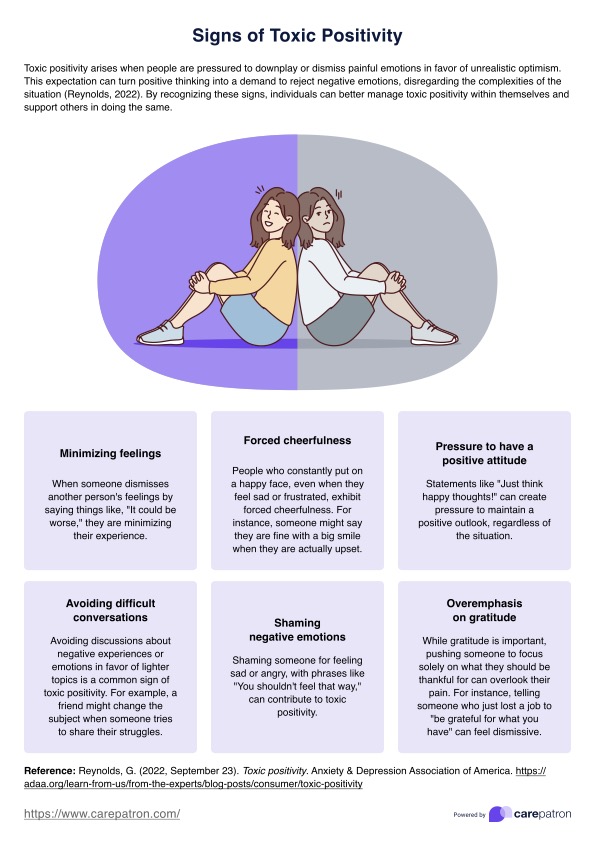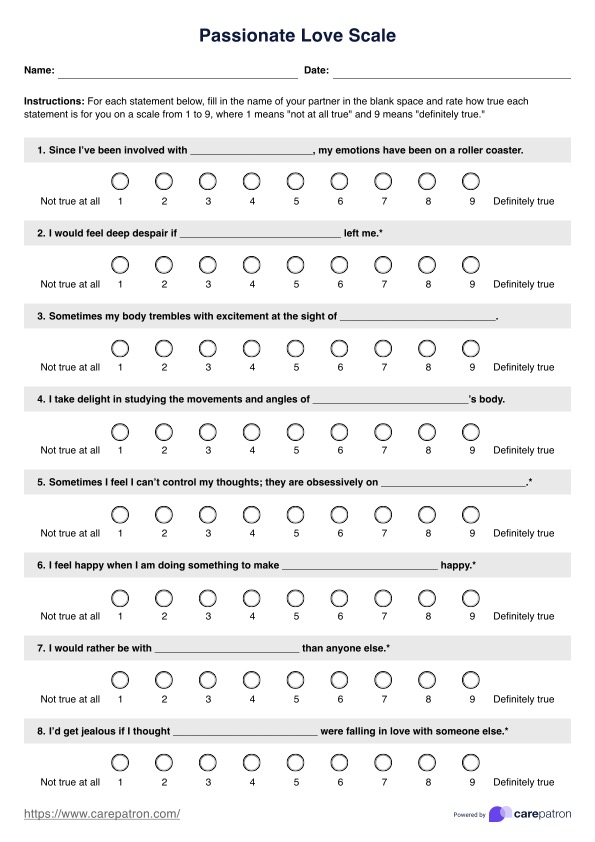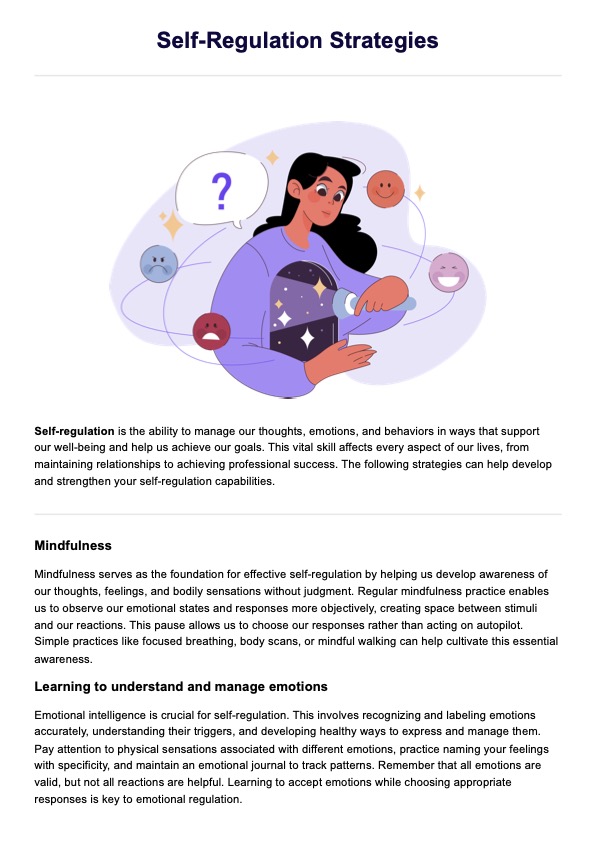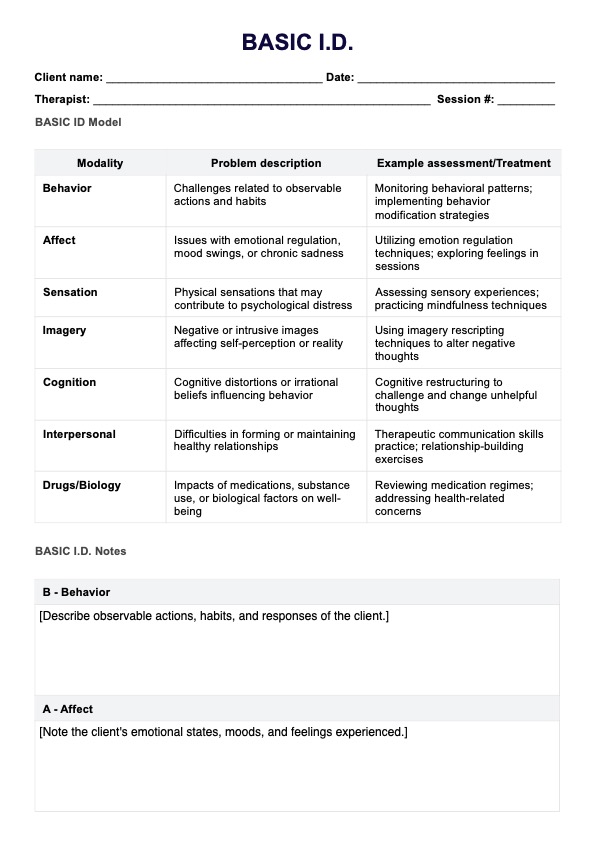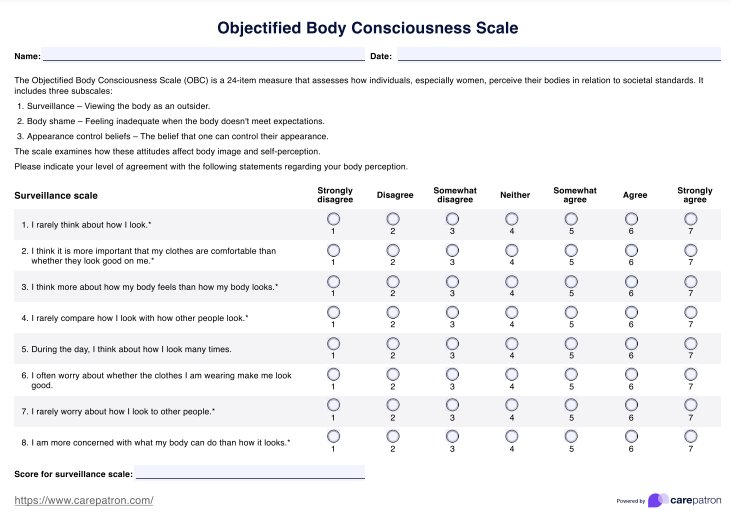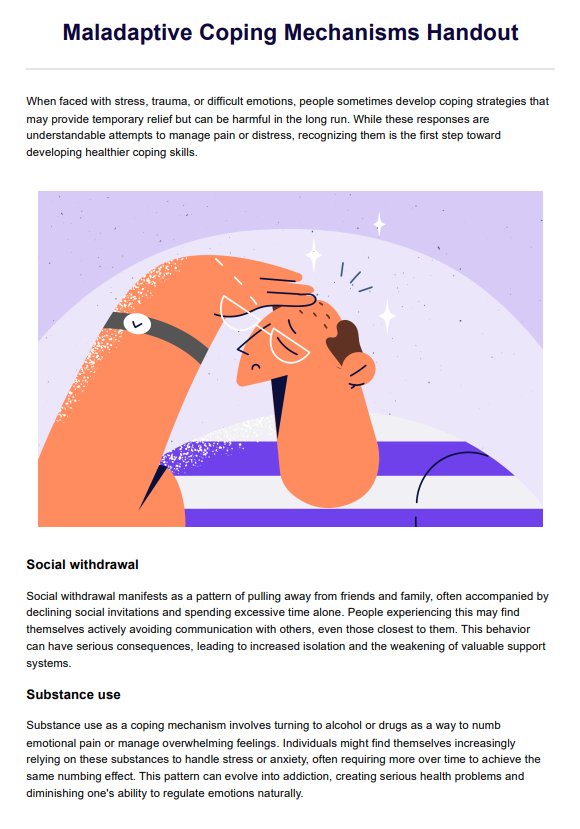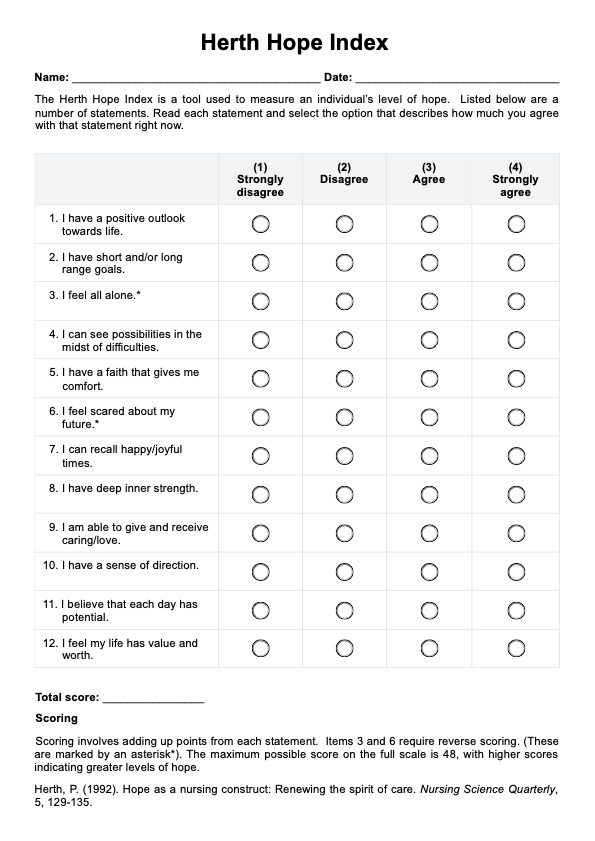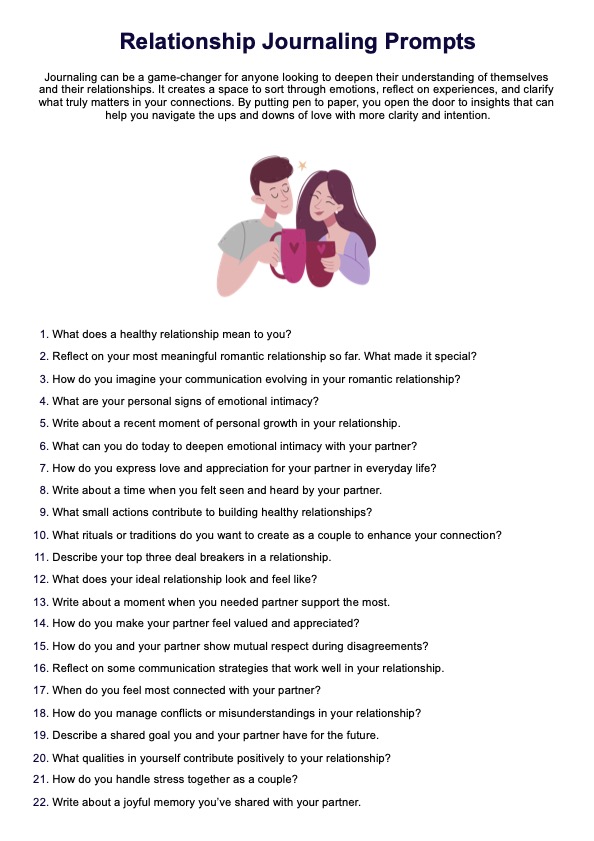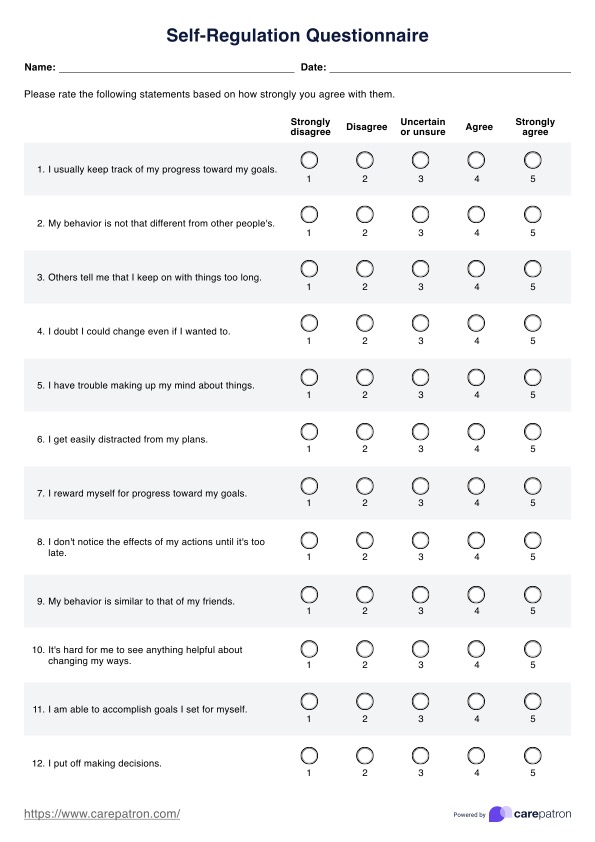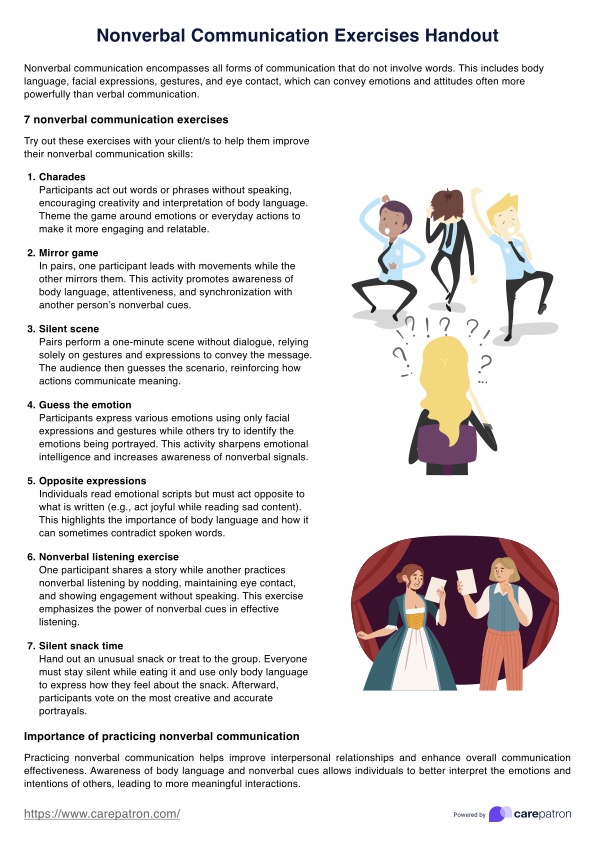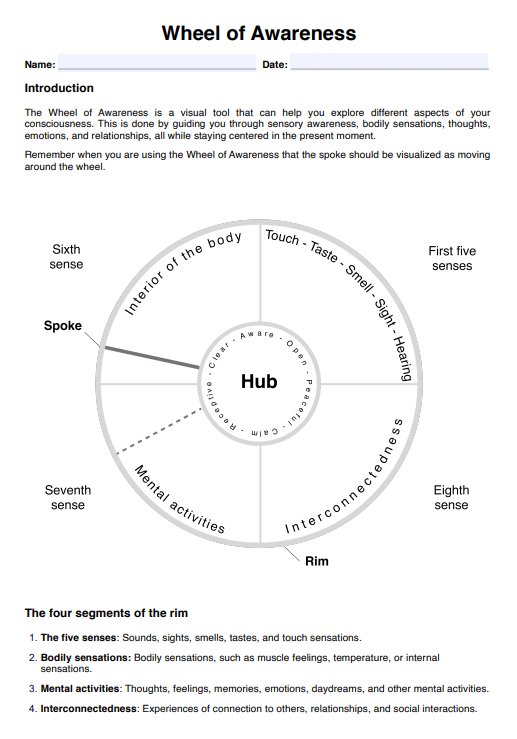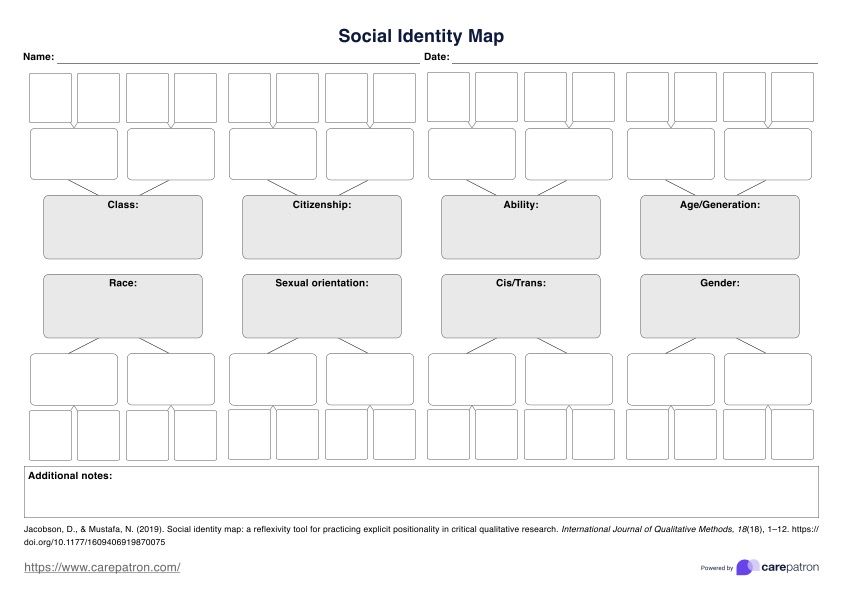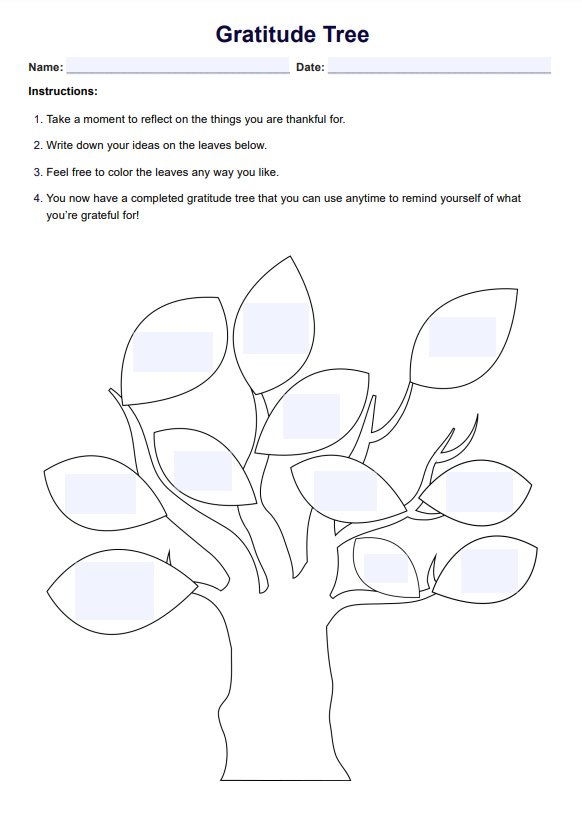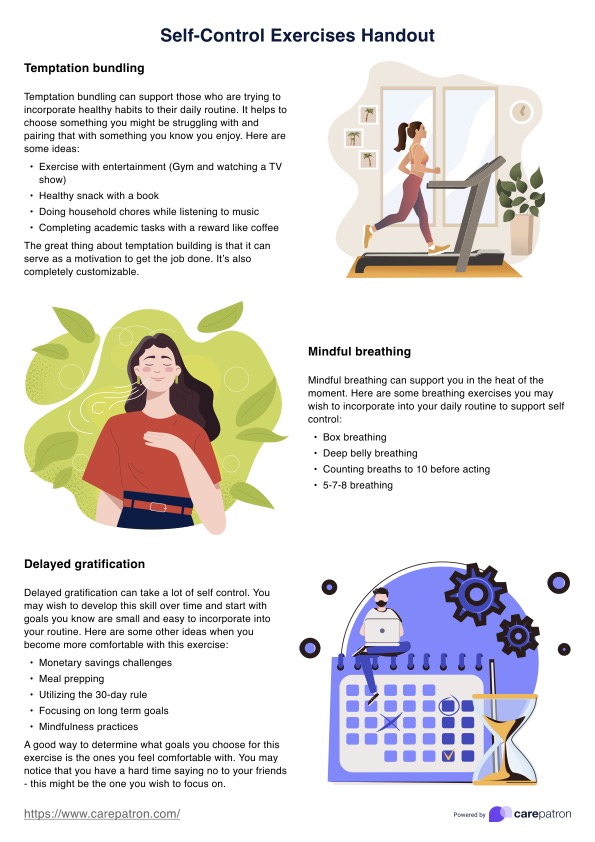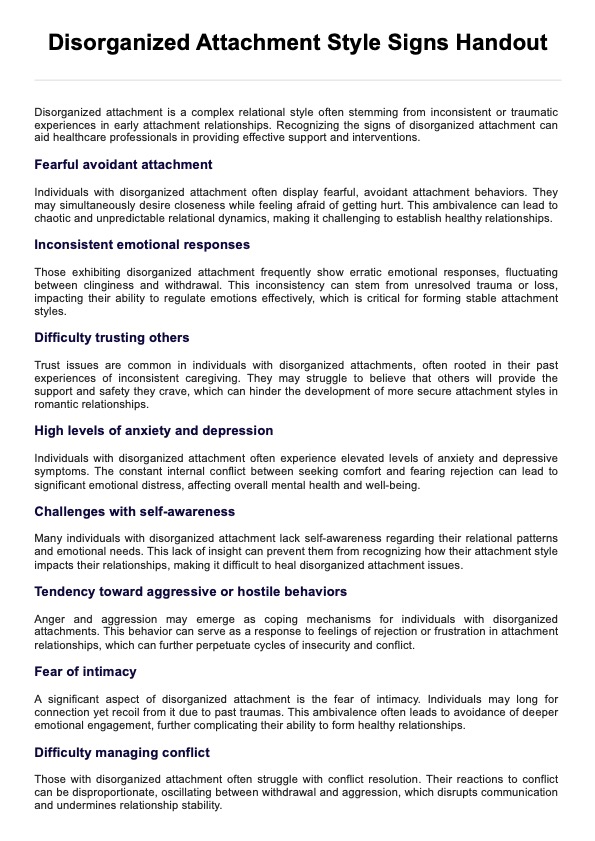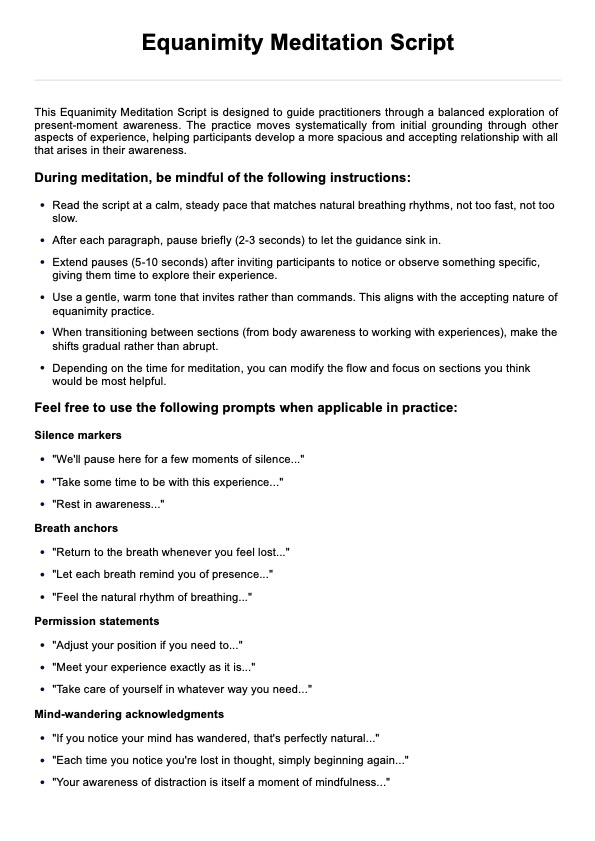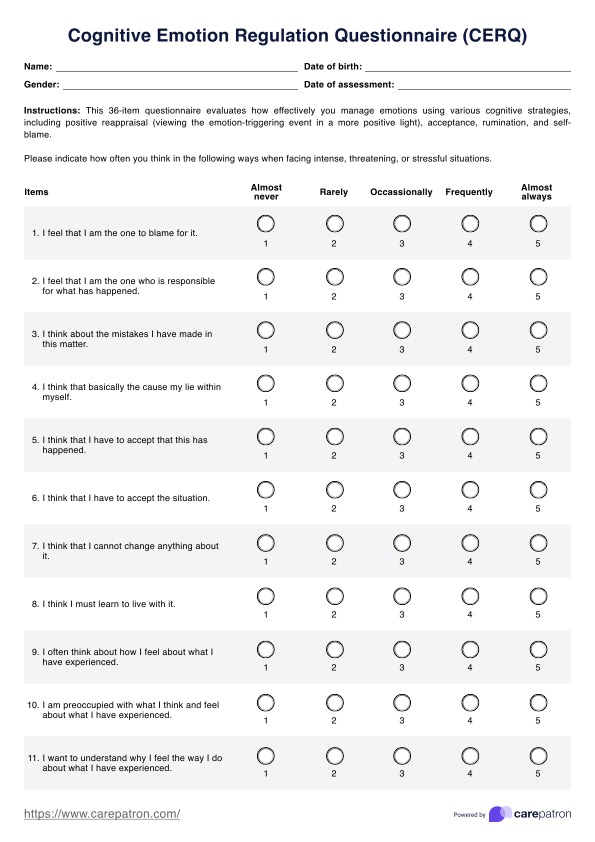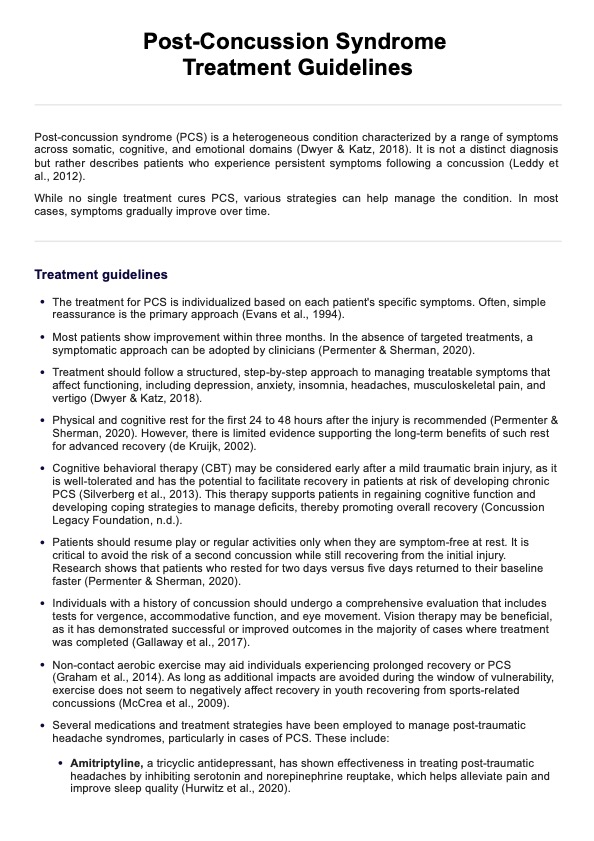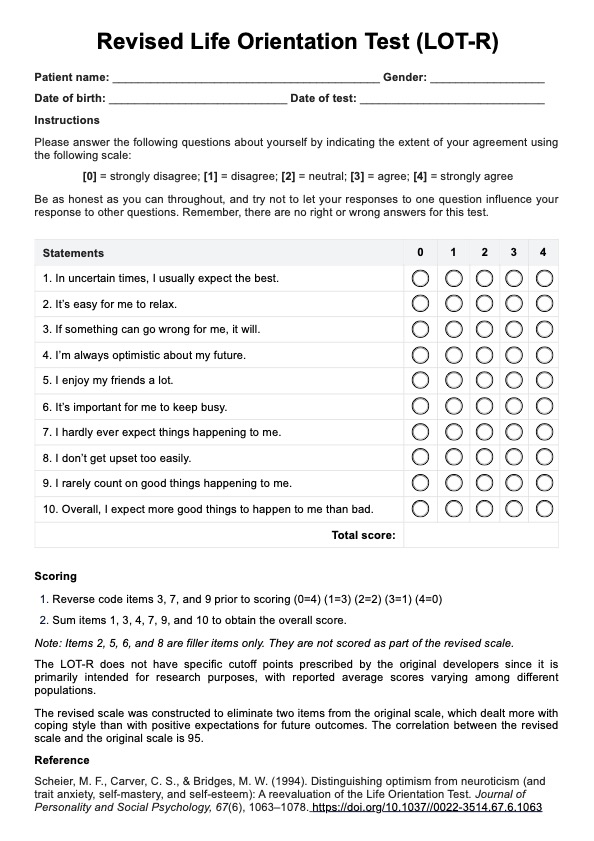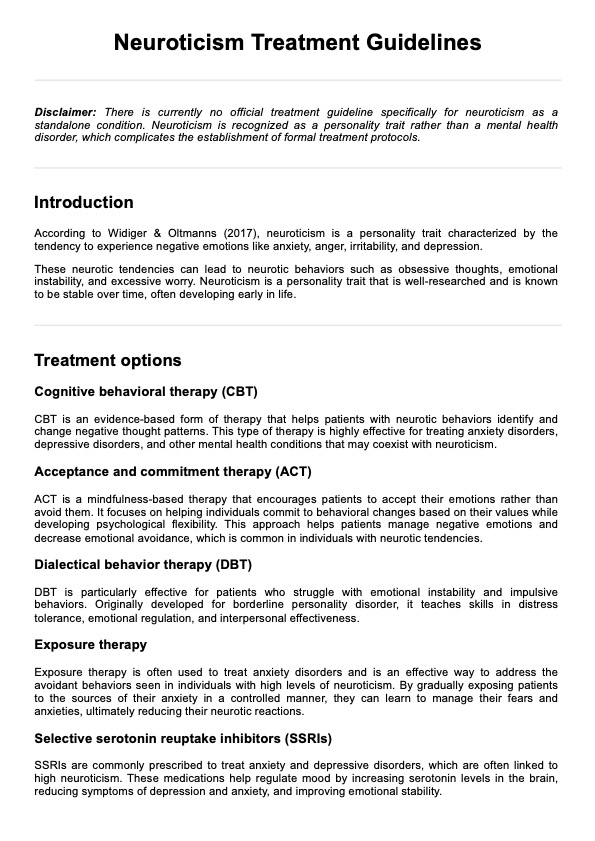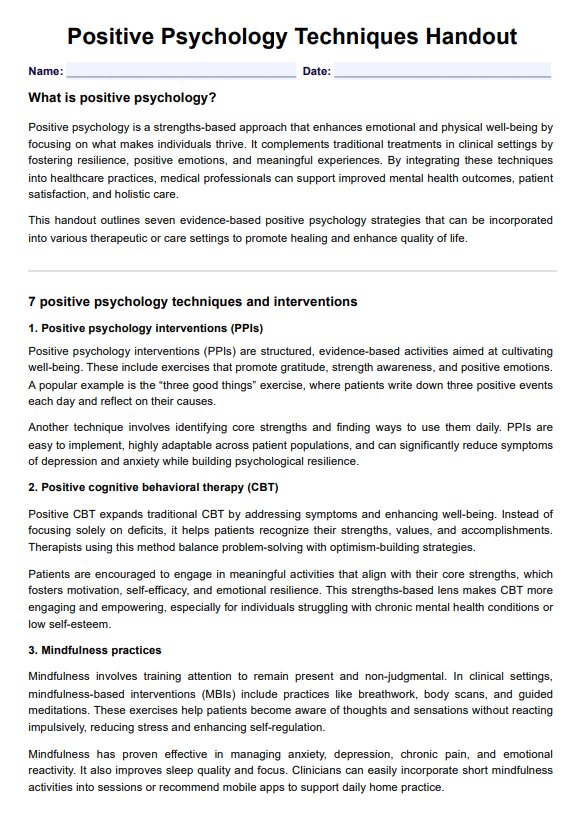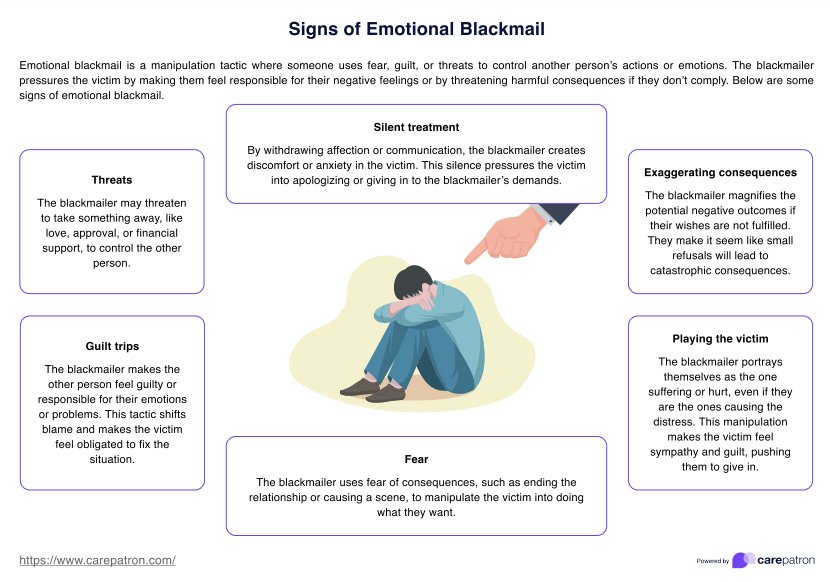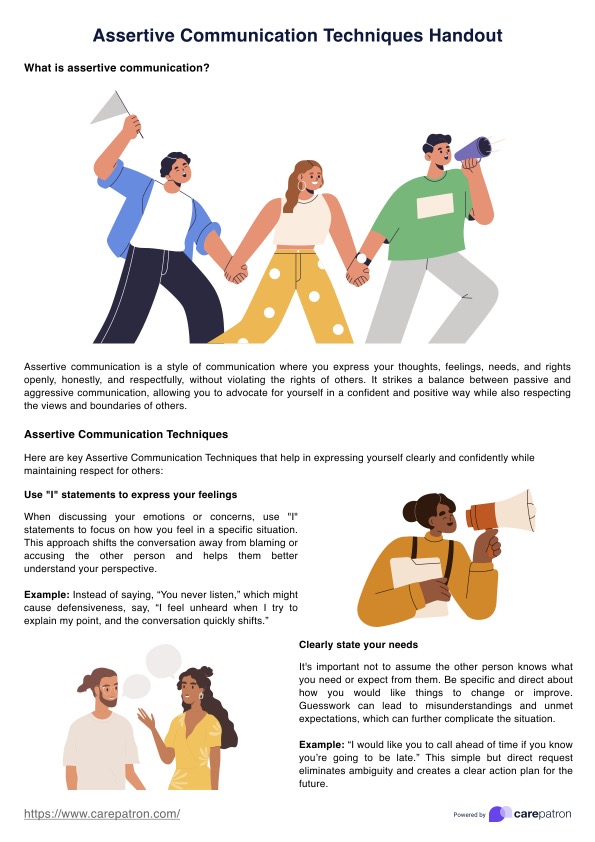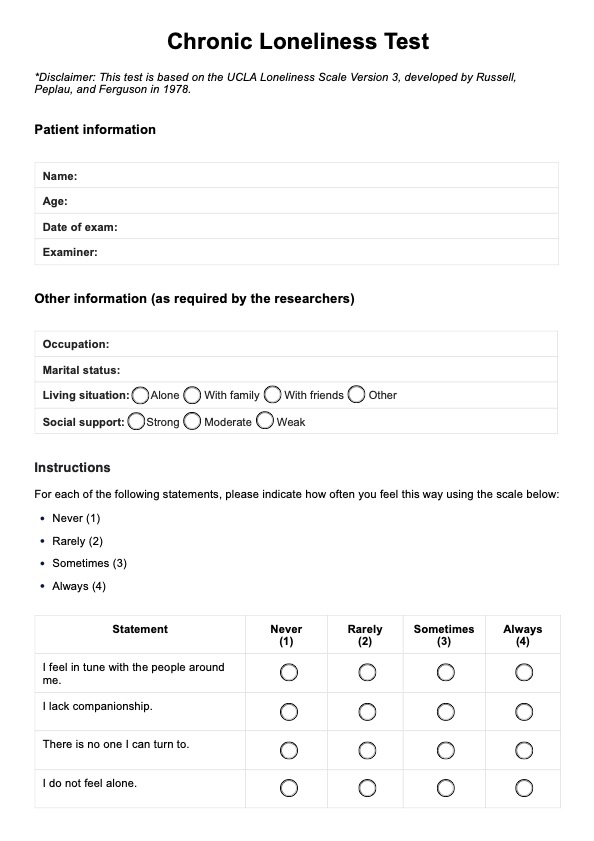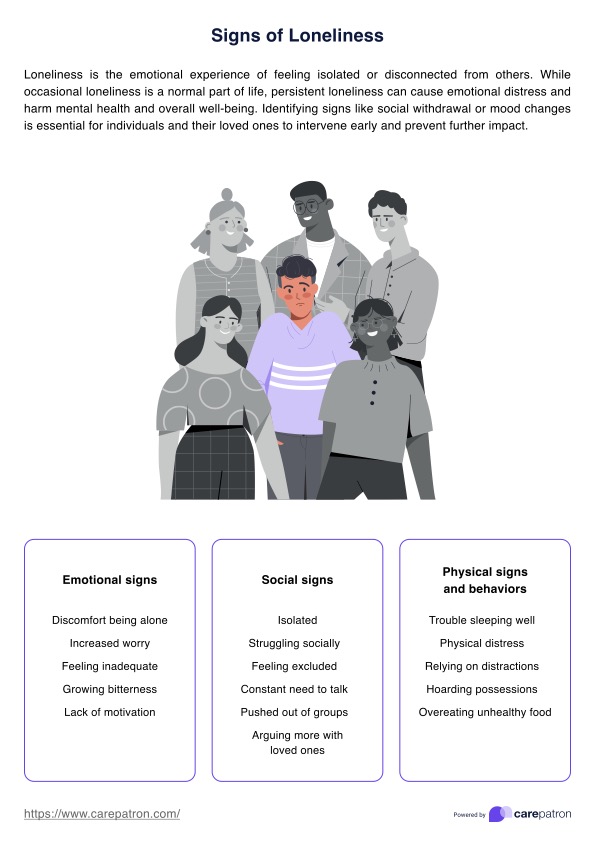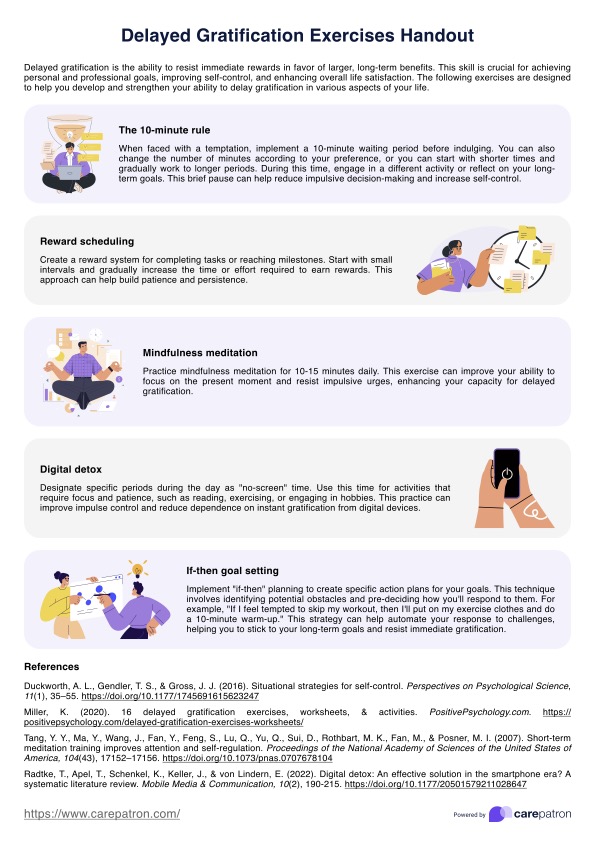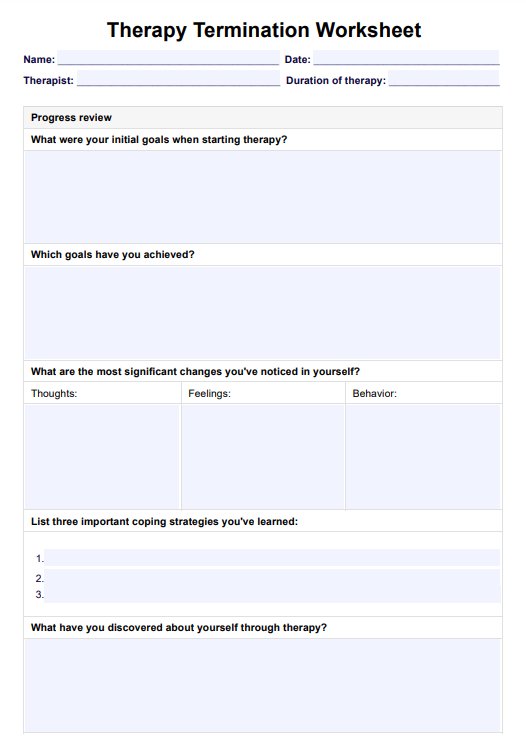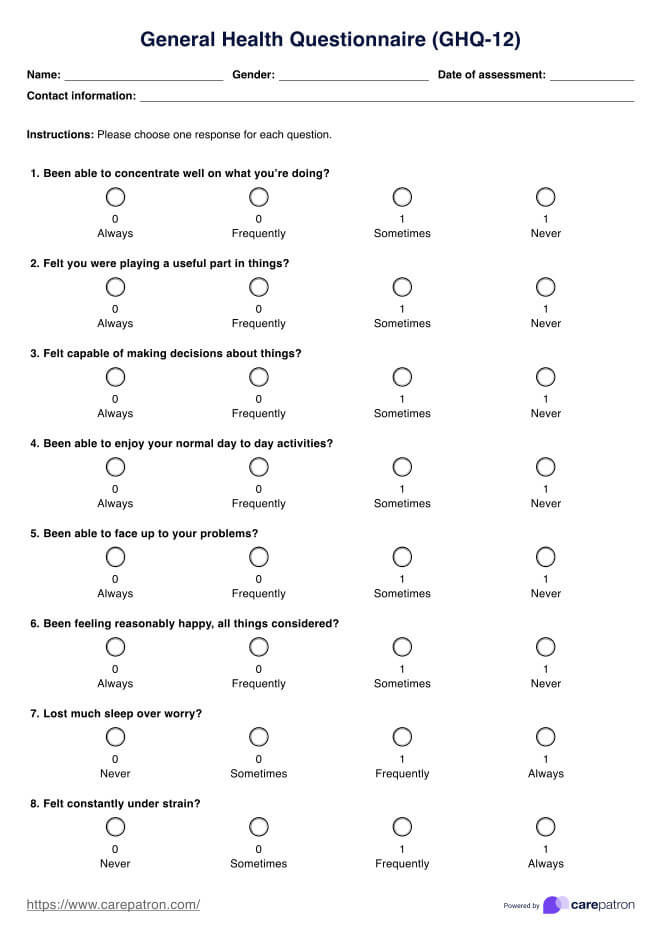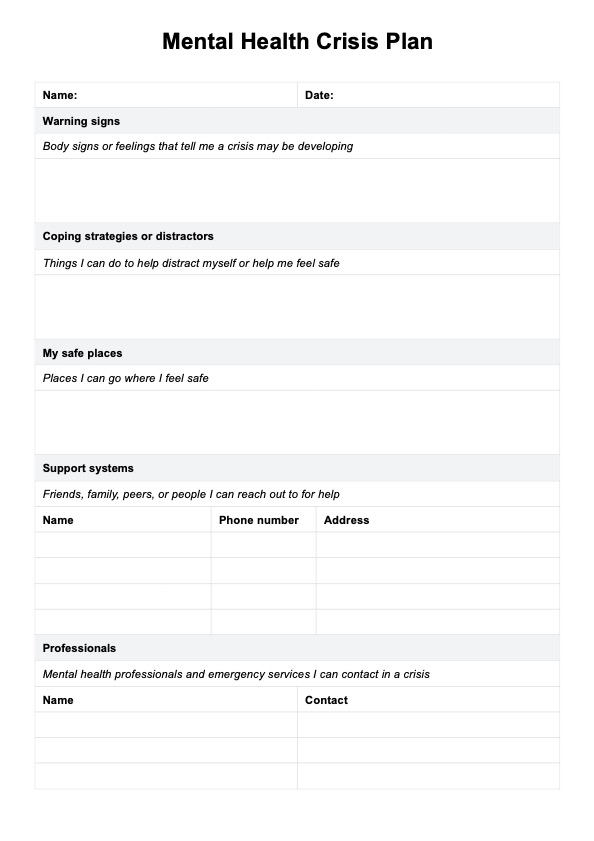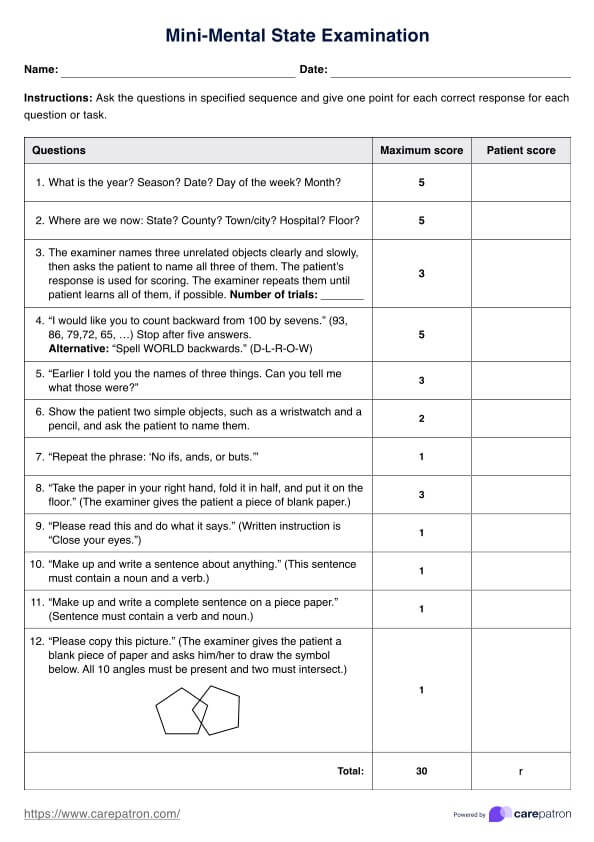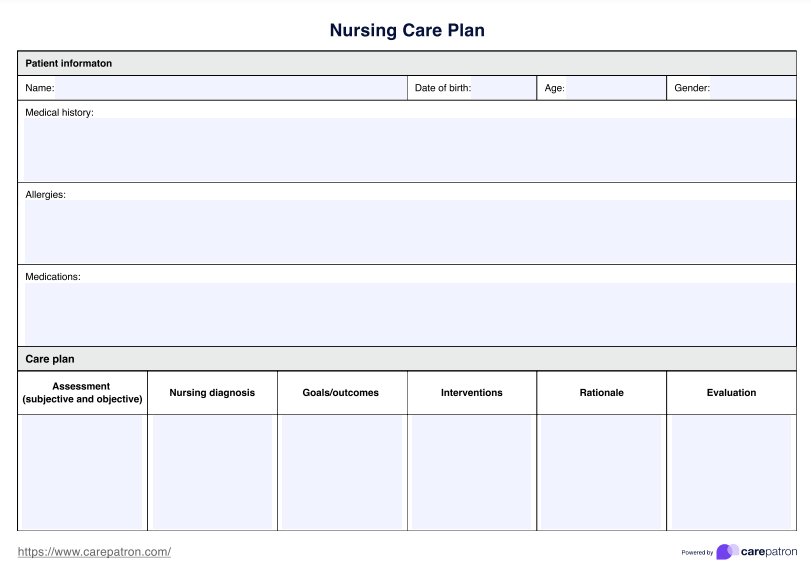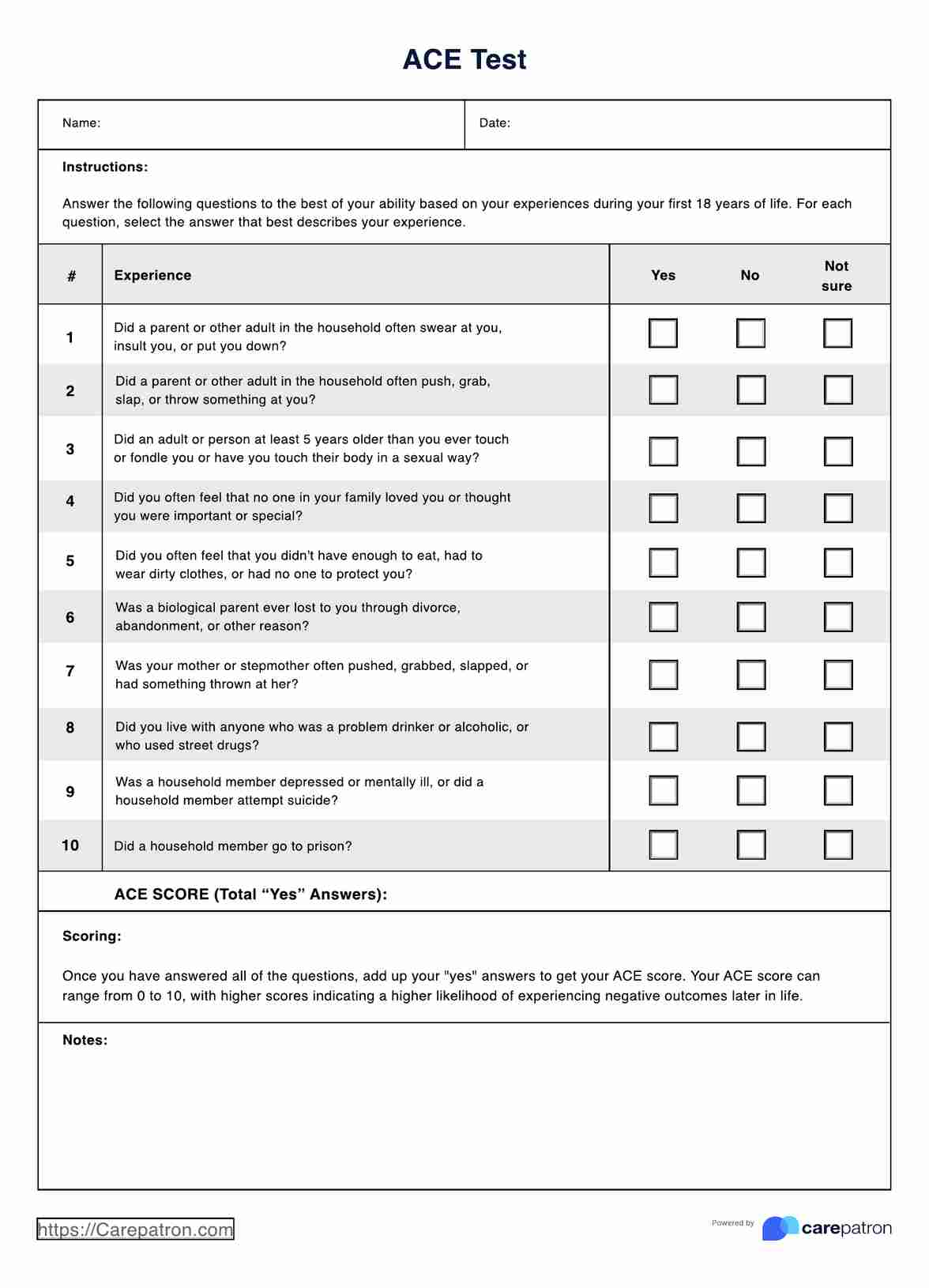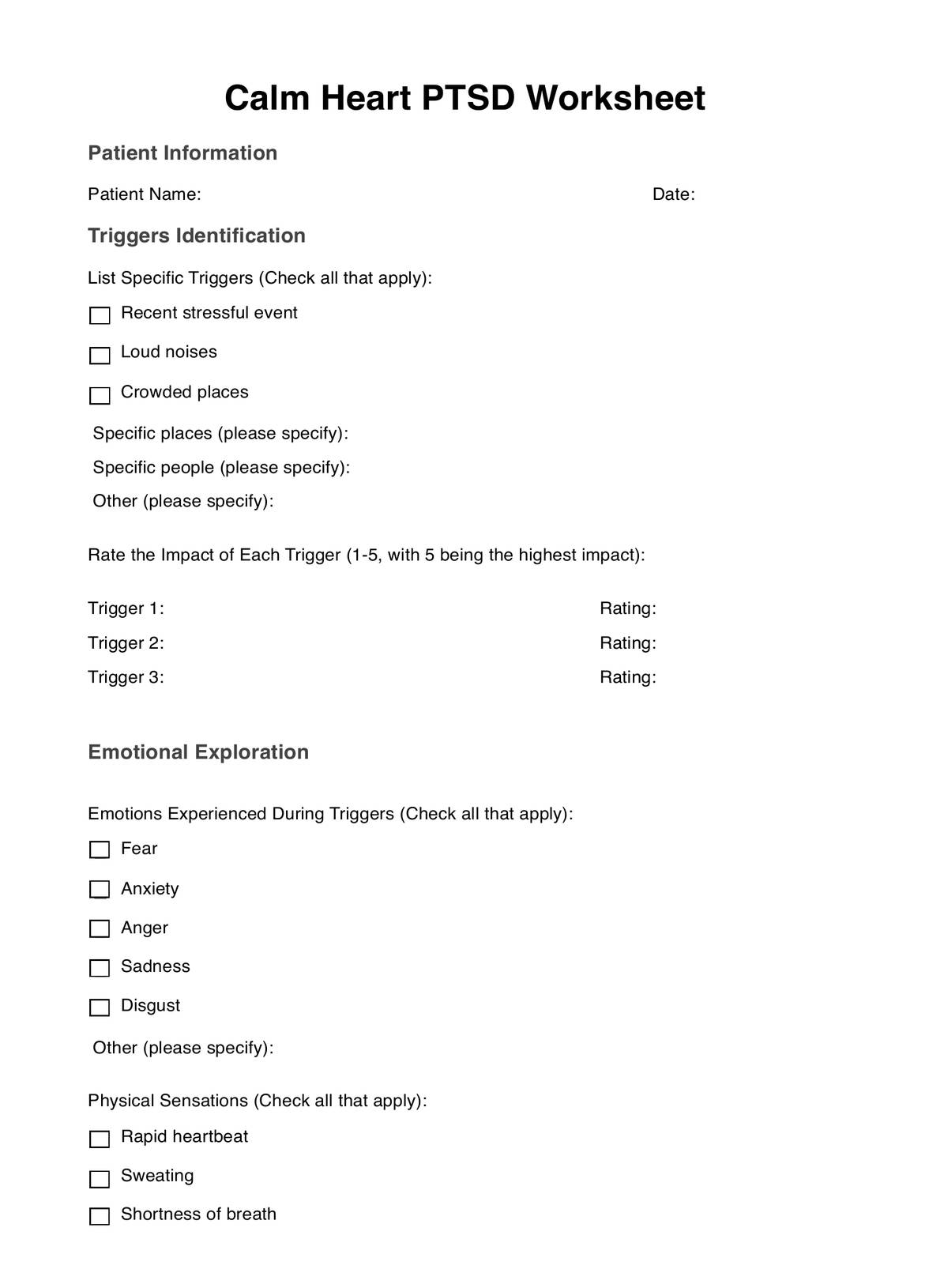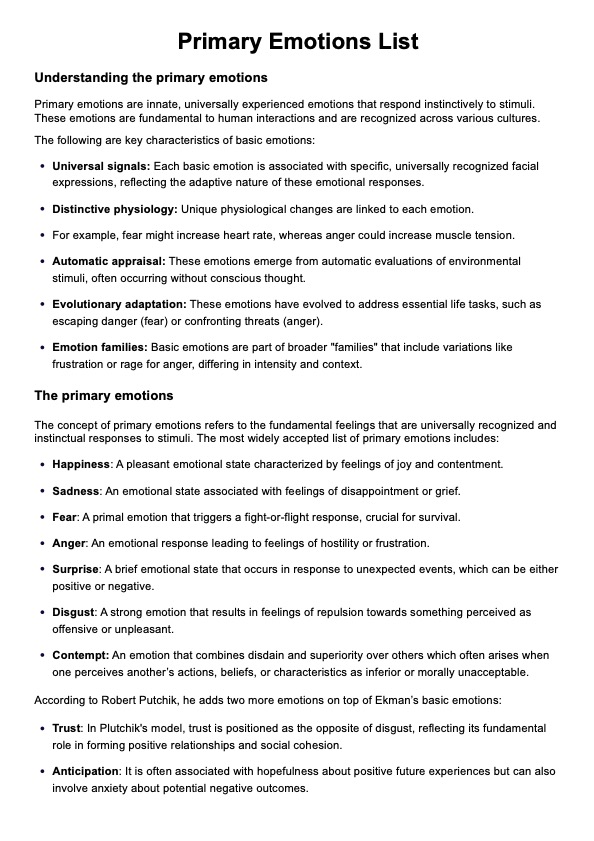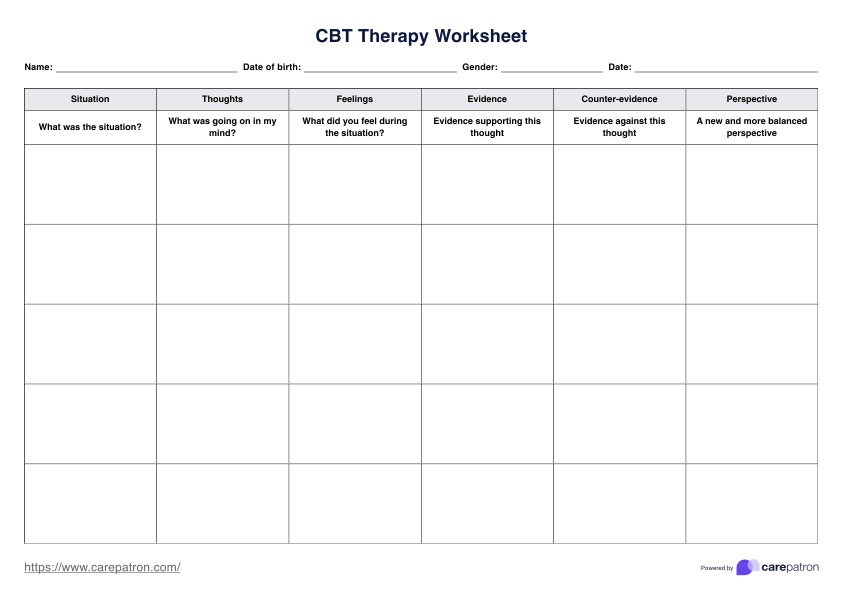Regulating Emotions Worksheets
Help clients identify emotions, manage emotional triggers, and build emotional regulation skills with the Regulating Emotions Worksheet. Get this for free.


What is a Regulating Emotions Worksheet?
Emotions are integral to the human experience, shaping our perceptions, actions, and overall well-being. However, emotions can sometimes become overwhelming, leading to distress and hindered decision-making. That's where the concept of emotion regulation comes into play. In this case, worksheets are useful tools for clinicians to engage their clients in their own treatment and uncover insights into their clients' thoughts, behaviors, and the underlying emotions behind them.
Regulating emotions is an active process that helps to manage and control one's emotional states. It can be achieved through various strategies, such as identifying triggers, changing perspectives, practicing mindfulness, exploring relaxation techniques, and seeking professional help. Through these techniques, we can gain insight into our emotional responses and learn to regulate them better to make more informed decisions and experience less distress.
Mental health professionals, especially therapists, may use a Regulating Emotions Worksheet to help individuals gain insight into their emotional states and manage them better. A Regulating Emotions Worksheet outlines important information, such as identifying emotions during intense situations and understanding the impact of emotions on one's body and mind. This tool can be used in various ways, including as part of therapy, as an activity for self-exploration, or to gain more insight into emotions and how they affect the individual.
Regulating Emotions Worksheets Template
Regulating Emotions Worksheets Example
How does a Regulating Emotions Worksheet work?
This free printable Regulating Emotions Worksheet lets your clients gain insight into their emotional states and learn how to manage them better. It starts with identifying situations that can cause intense emotions and rating their intensity on a scale of 1 to 10. This helps the individual better understand the dynamics of their emotions in different situations. Follow these steps to get started with the template:
Step 1: Access the template
Click on "Download" from the template preview to get a fillable PDF copy of our worksheet. Alternatively, you can customize this based on your preferences or the client's specific needs by clicking "Use template" to edit it within the Carepatron platform.
Step 2: Discuss the worksheet with your client
Explain how the worksheet can help them better understand and regulate their emotions. Talk about how this insight can lead to more effective decision-making and less distress.
Step 3: Complete the worksheet with your client
This exercise is best done together, allowing you to discuss each step in detail. You can use this template to explore the individual's emotions, triggers, and coping strategies.
Step 4: Reflect on the results
Review the worksheet together with your client. Discuss any patterns or themes that may have emerged during its completion. Use this as an opportunity to inspire further exploration of their emotional states and provide them with insight into how they can better manage their emotions in challenging situations.
When would you use this worksheet for emotional regulation?
The Regulating Emotions Worksheet template is an excellent tool for therapists, counselors, and coaches looking to help clients better understand and regulate their emotions. You can also use this worksheet to:
Encourage clients to develop healthier coping strategies
Our printable Regulating Emotions Worksheet is invaluable for helping your clients explore and better manage their emotions. With it, you can help them understand the triggers that cause their emotional states and help develop emotional resilience.
Explore possible triggers for emotional distress
This worksheet can be used to help clients explore and identify potential triggers or stressors causing their emotional distress. It can be a useful starting point for helping them unpack and understand their emotions.
Reflect on emotional patterns and themes
You can utilize the Regulating Emotions Worksheet to help clients reflect on and recognize patterns or themes in their emotional responses. By doing so, they can identify underlying issues and create plans for long-term change.
Benefits of free emotional regulation worksheets
Our free Regulating Emotions Worksheet provides pre-made prompts to help clients develop emotional regulation skills. It's fully digital and can be completed in minutes. Here are some other benefits of our template:
It's easy to use and highly convenient
The worksheet's prompts are straightforward, enabling clients to focus on their emotional states without getting overwhelmed.
It's printable and accessible
You can easily print out the worksheet for your clients or make it available digitally, making it accessible and convenient. It's also free to download and use.
It encourages thoughtful reflection
The worksheet's prompts allow clients to reflect carefully on their emotional states. It allows them to gain insight into their triggers and possible solutions.
It's comprehensive and customizable
You can modify the worksheet to fit your client's needs. It can also be used multiple times, allowing clients to monitor their emotional states over time.
Commonly asked questions
Yes, teaching individuals how to regulate their emotions helps them build emotional intelligence by improving their ability to recognize, understand, and manage their feelings. This process enhances emotional awareness and interpersonal effectiveness, allowing individuals to navigate relationships and emotional challenges more effectively.
Identifying primary emotions, such as anger or sadness, and secondary emotions, like frustration or guilt, helps individuals understand the root causes of their feelings. This awareness is crucial for emotional regulation as it allows individuals to recognize emotional triggers and develop appropriate coping strategies.
Acknowledging positive and negative emotions is essential because all emotions provide valuable insights into our experiences. Accepting emotions without judgment helps individuals build emotional regulation skills and resilience, making it easier to face life's ups and downs.
The four dialectical behavioral therapy (DBT) skills are mindfulness, distress tolerance, emotion regulation, and interpersonal effectiveness. These skills help individuals manage emotional triggers, practice anger management, and improve their ability to handle difficult situations with greater control and self-awareness.


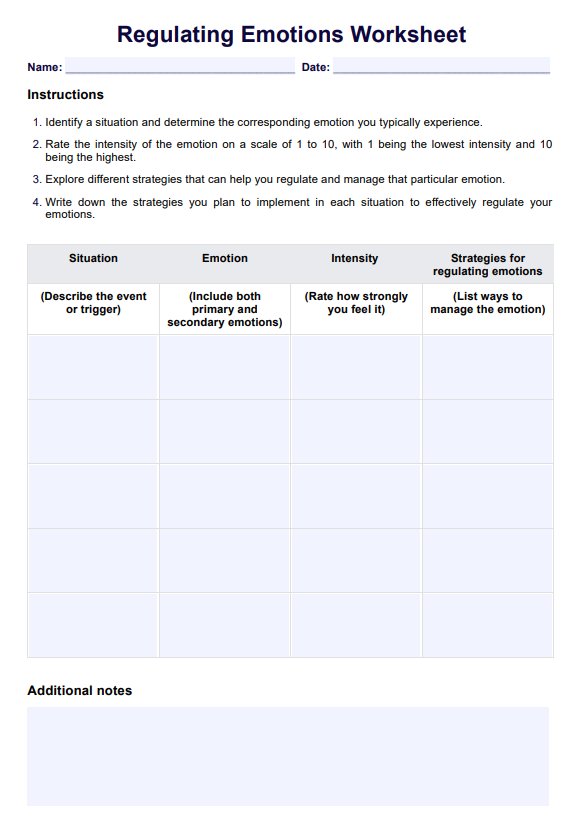
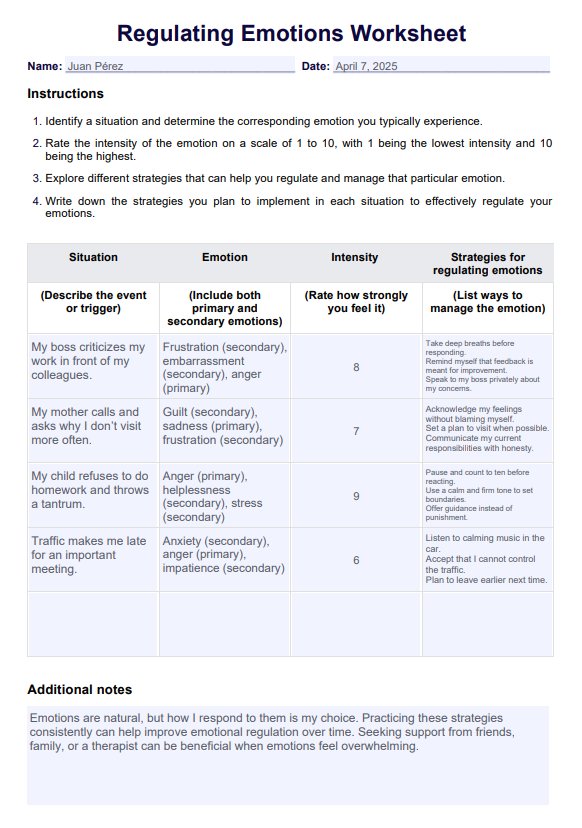

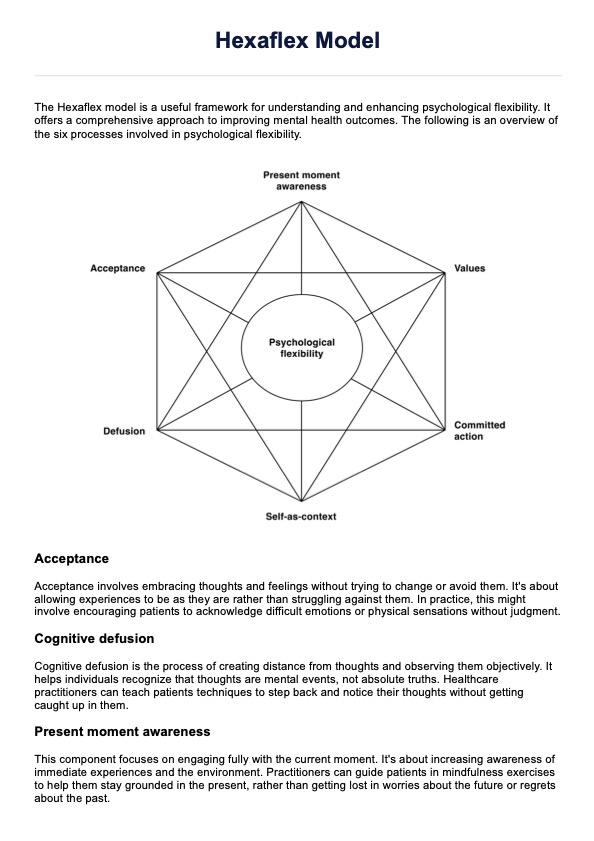
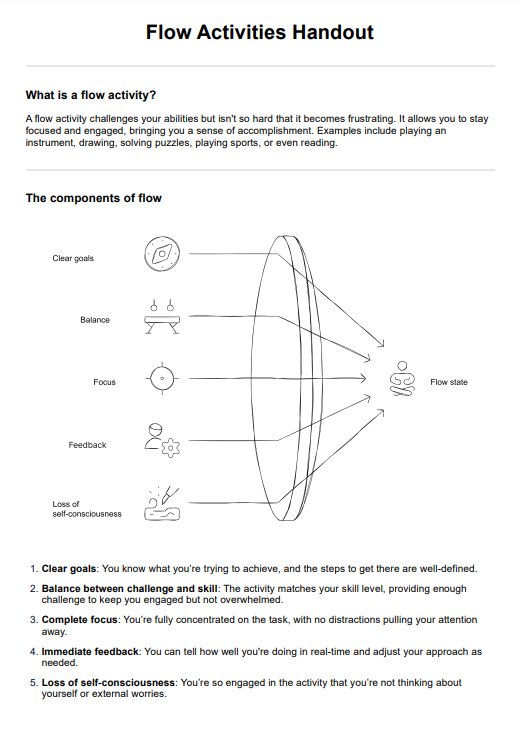
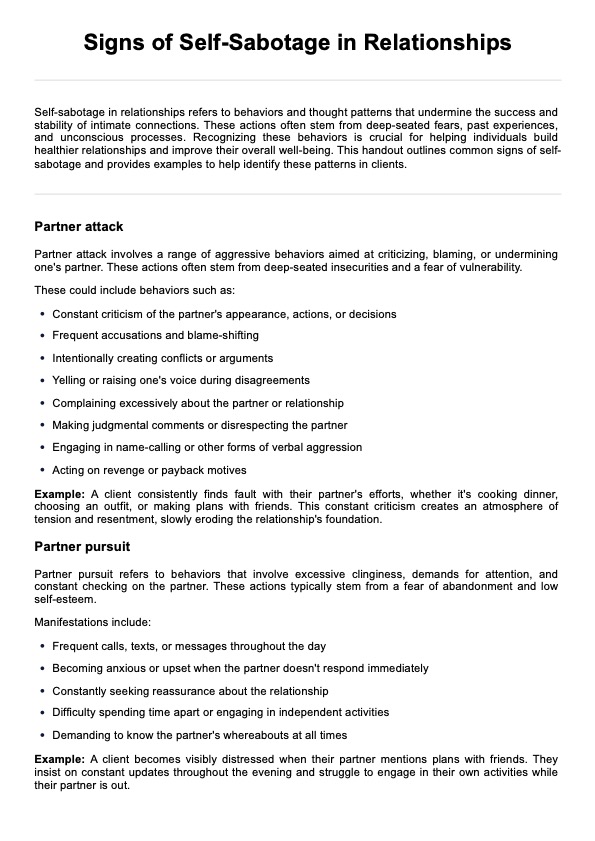
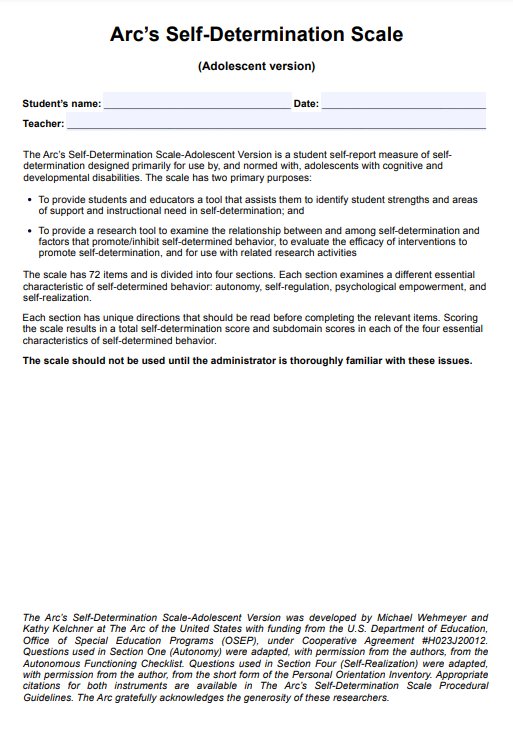
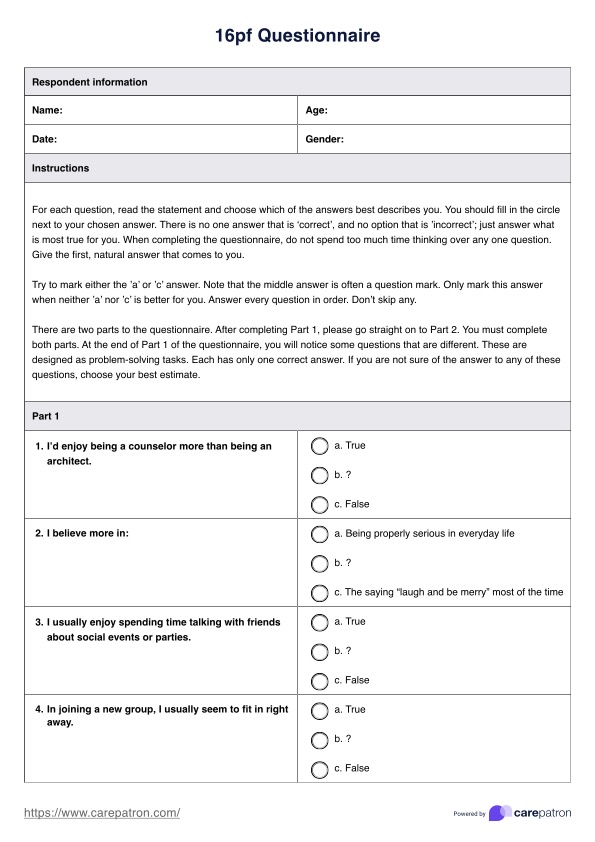
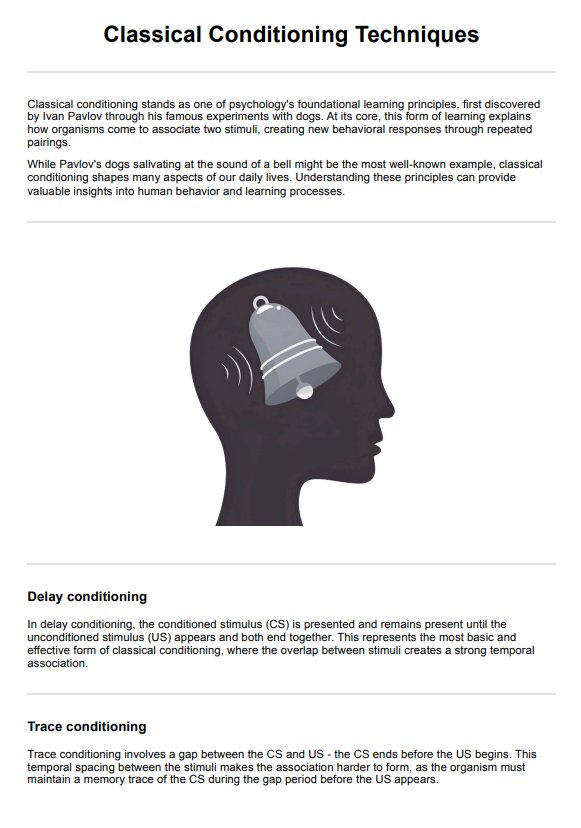
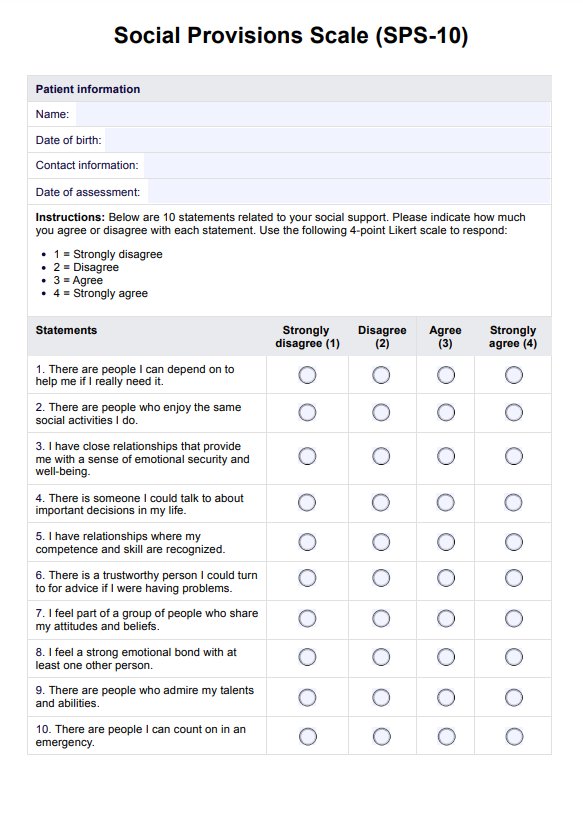
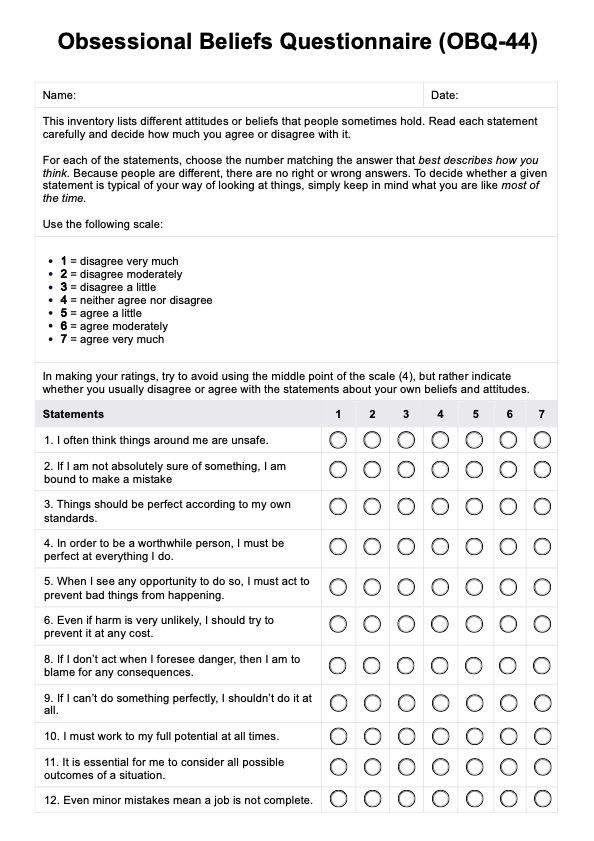

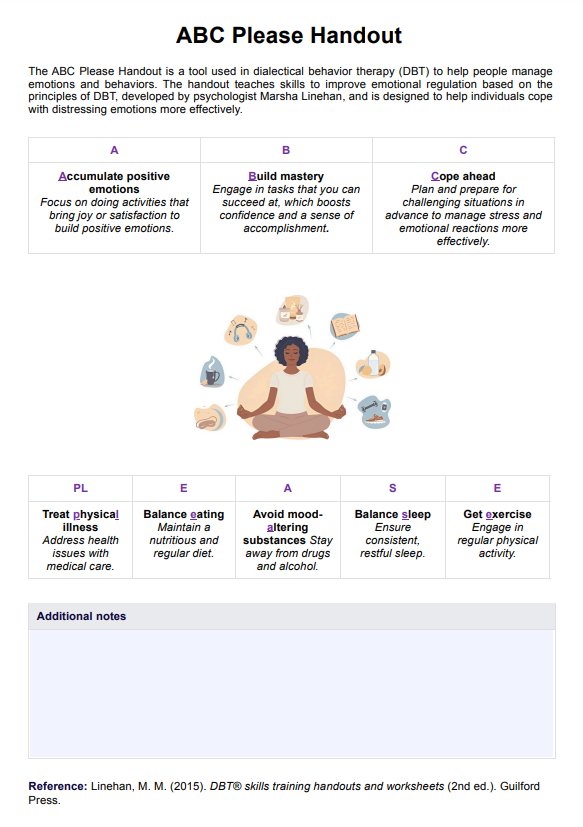
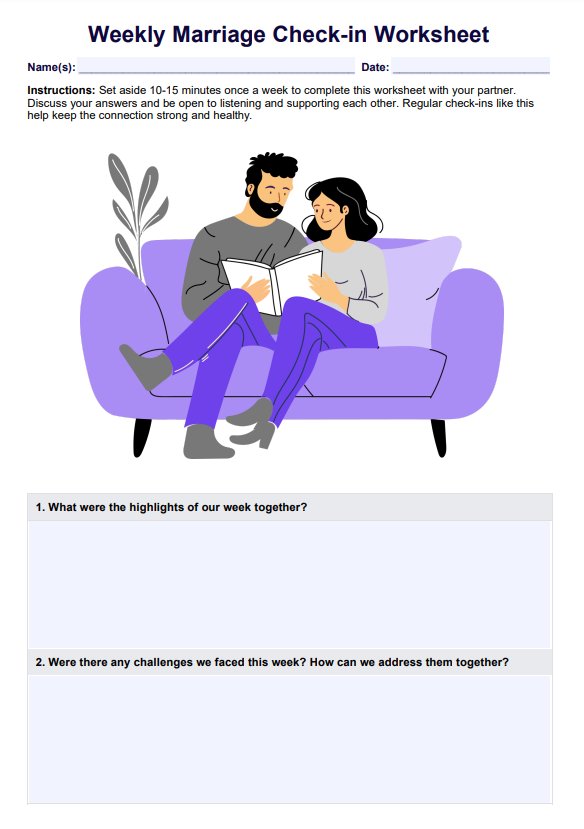
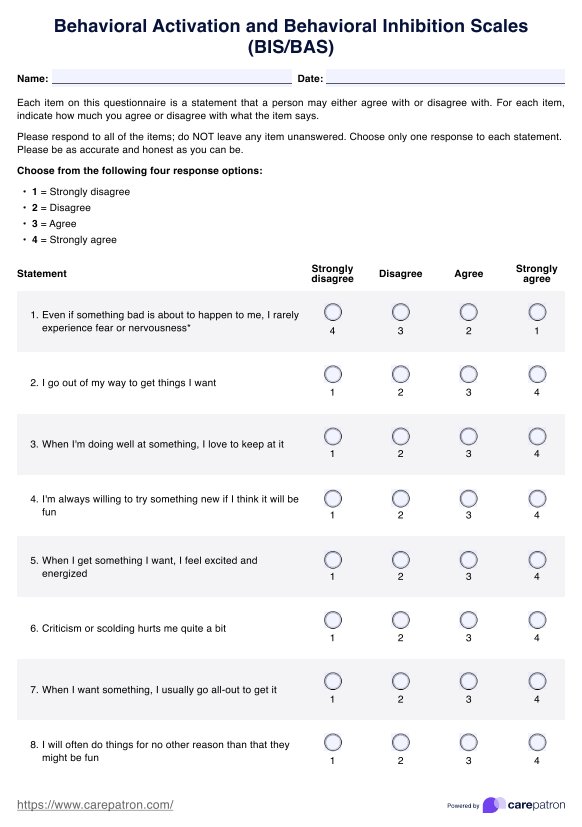
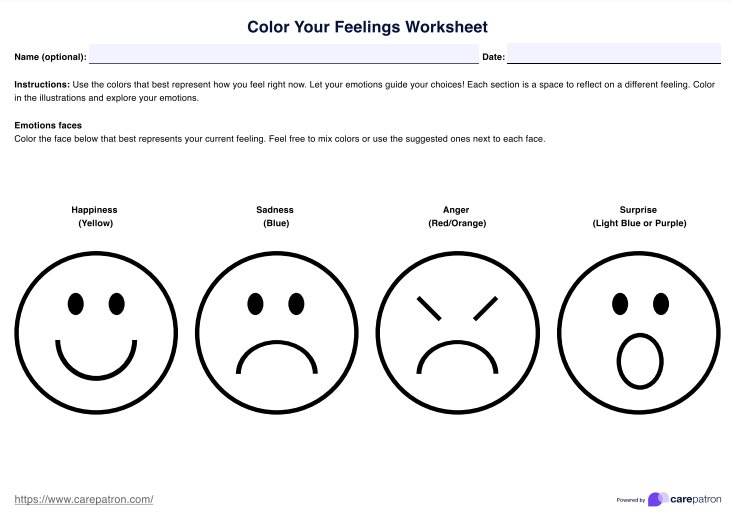
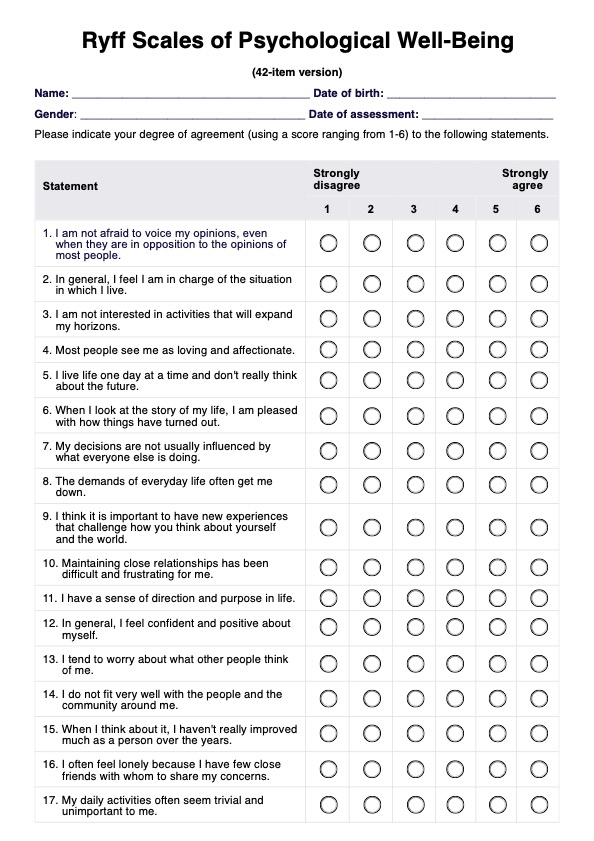
-template.jpg)
